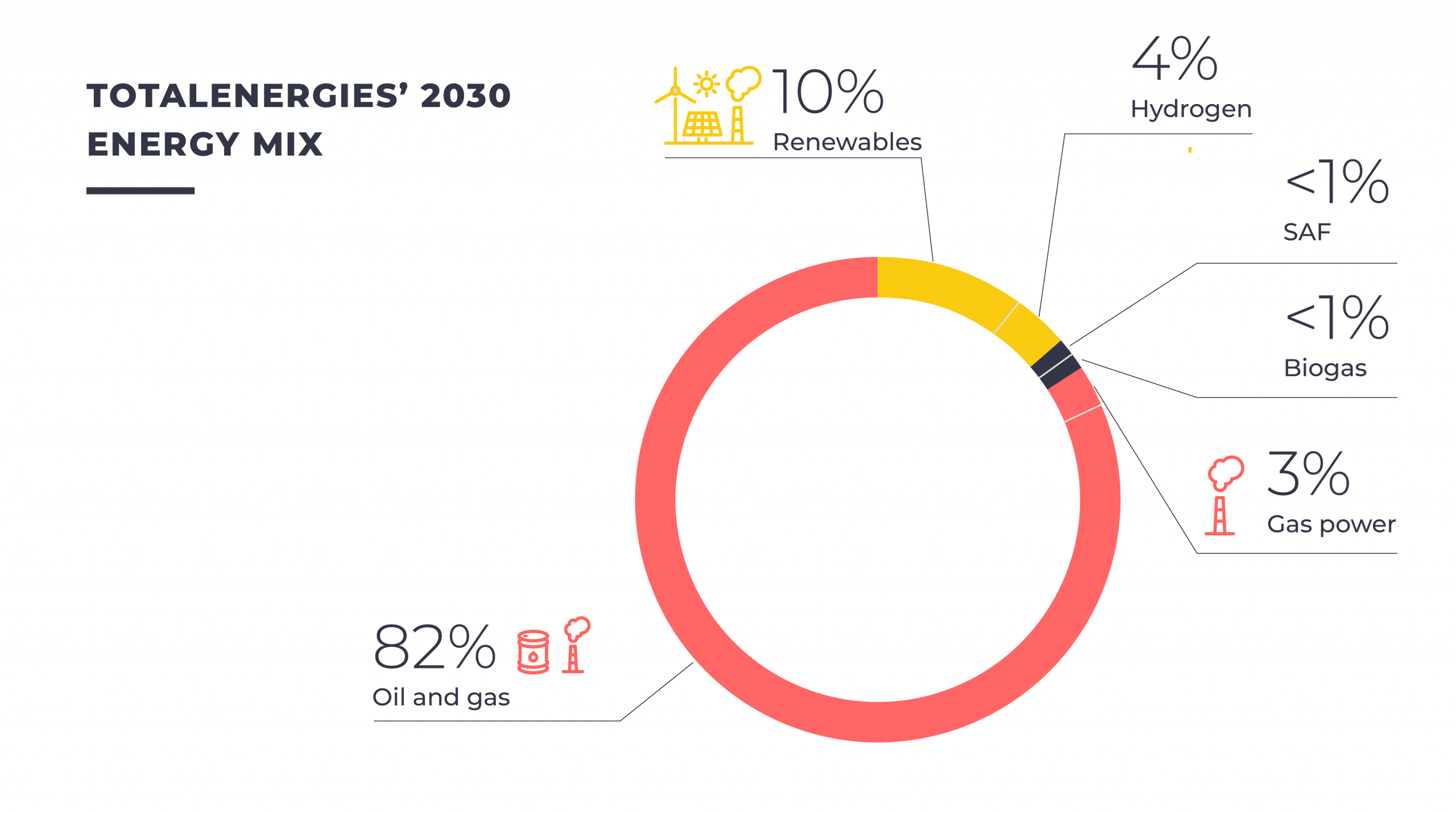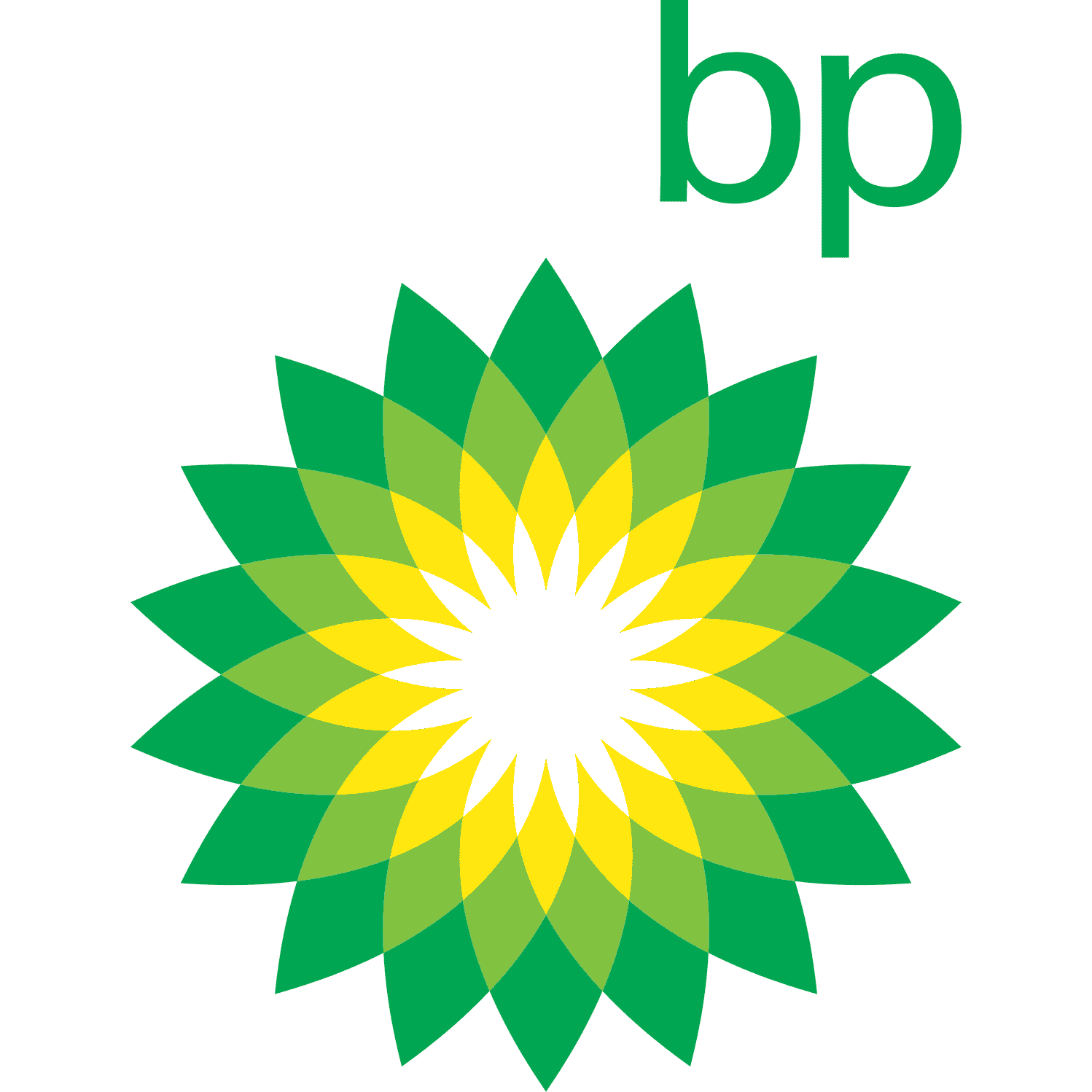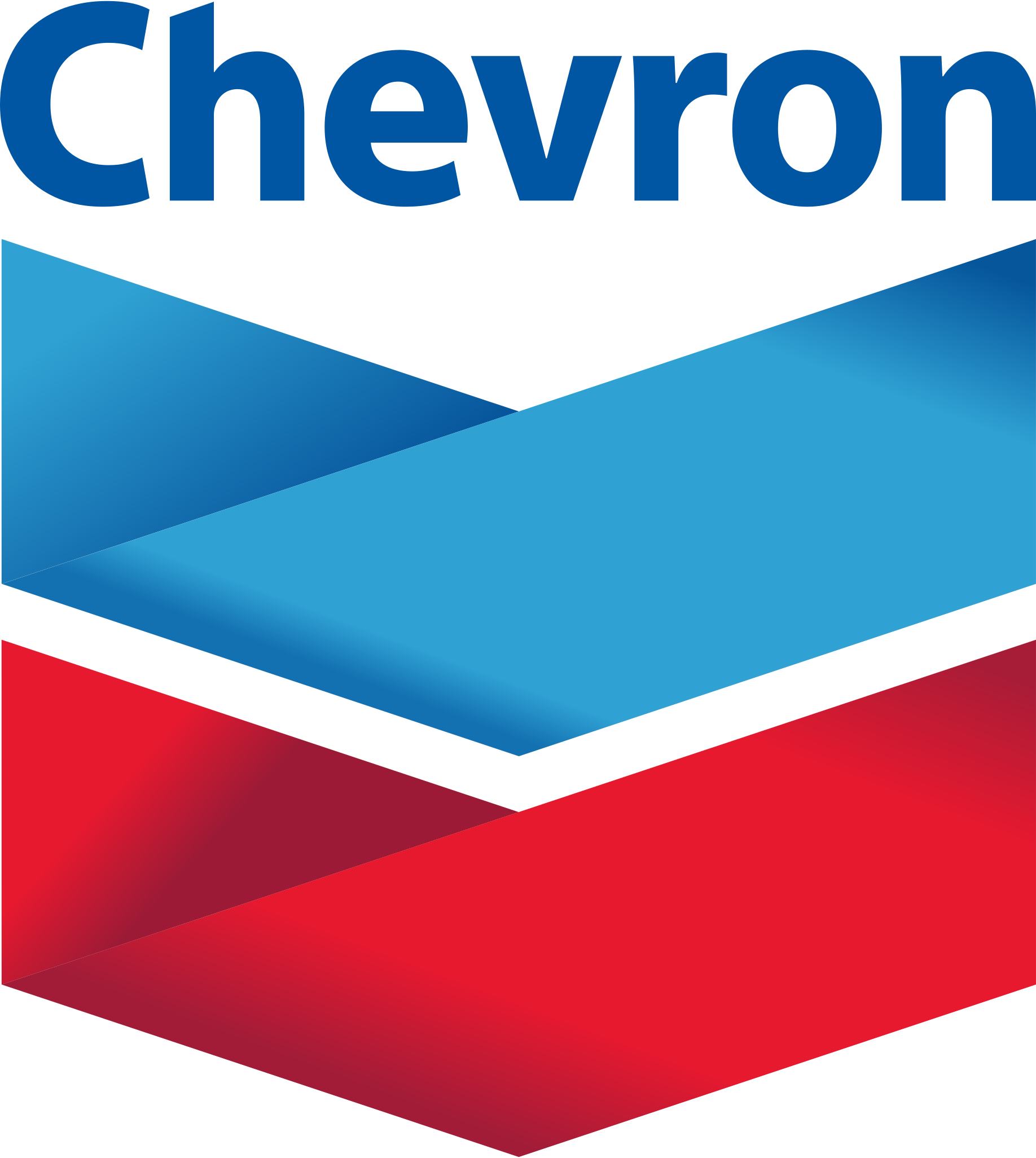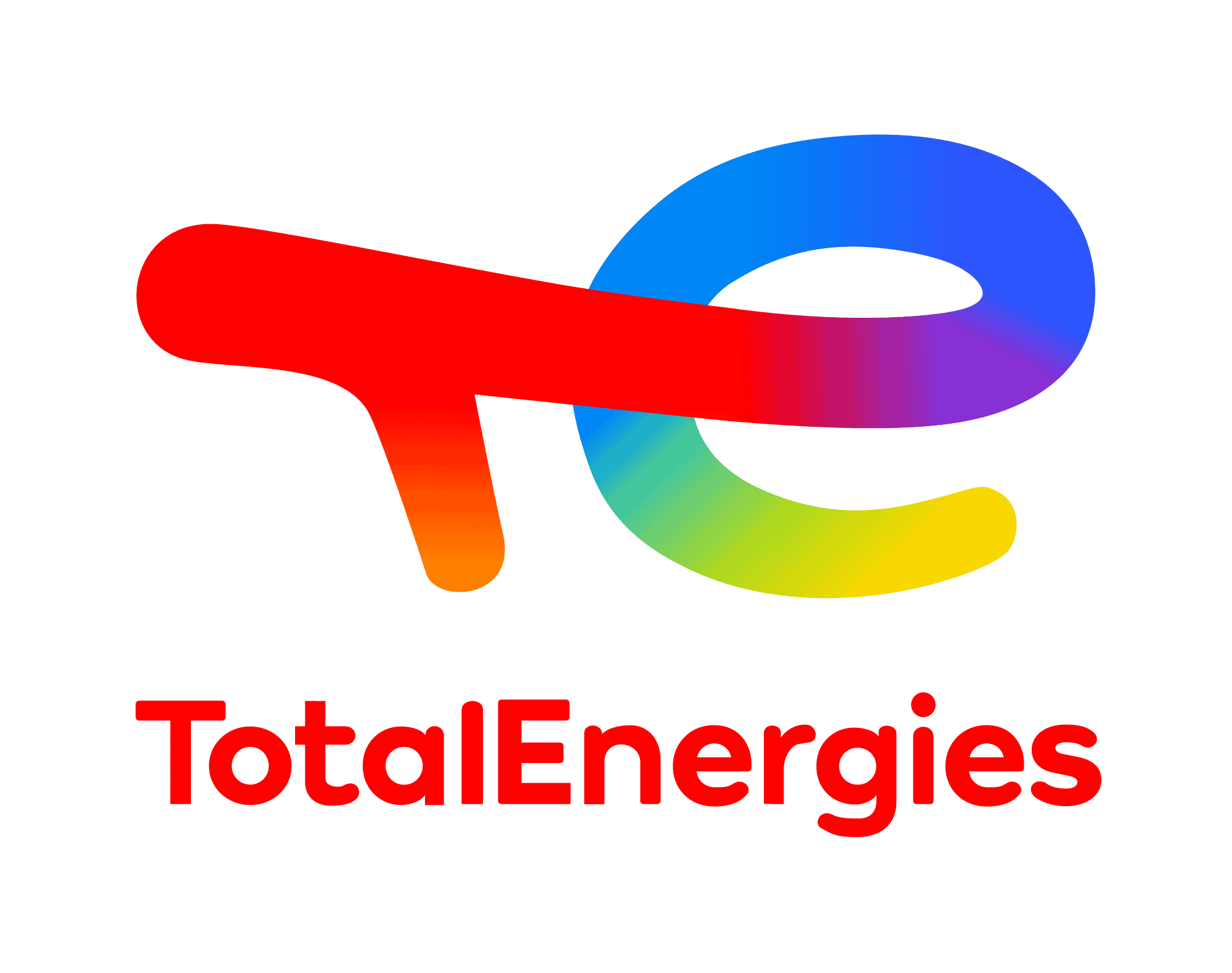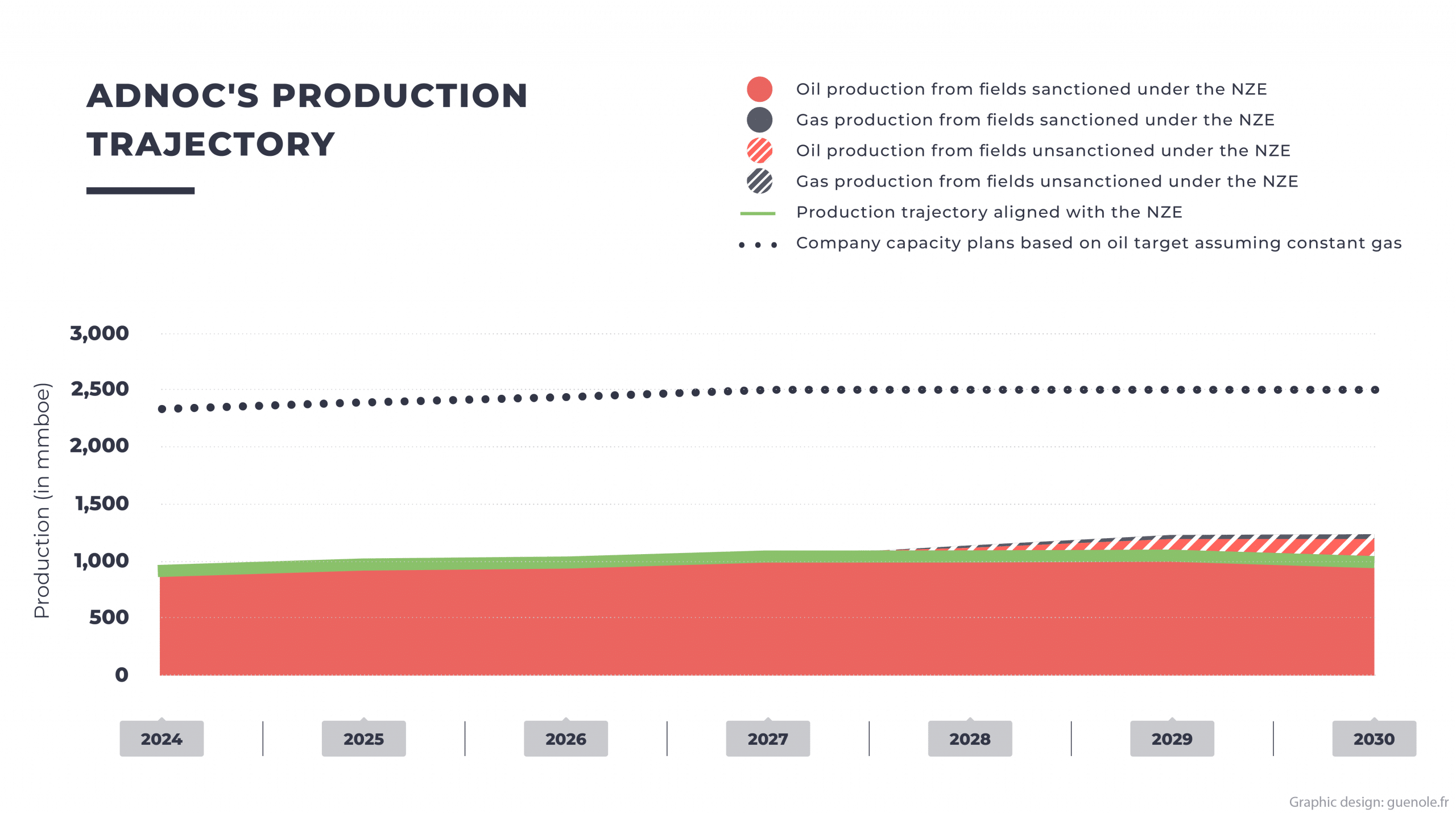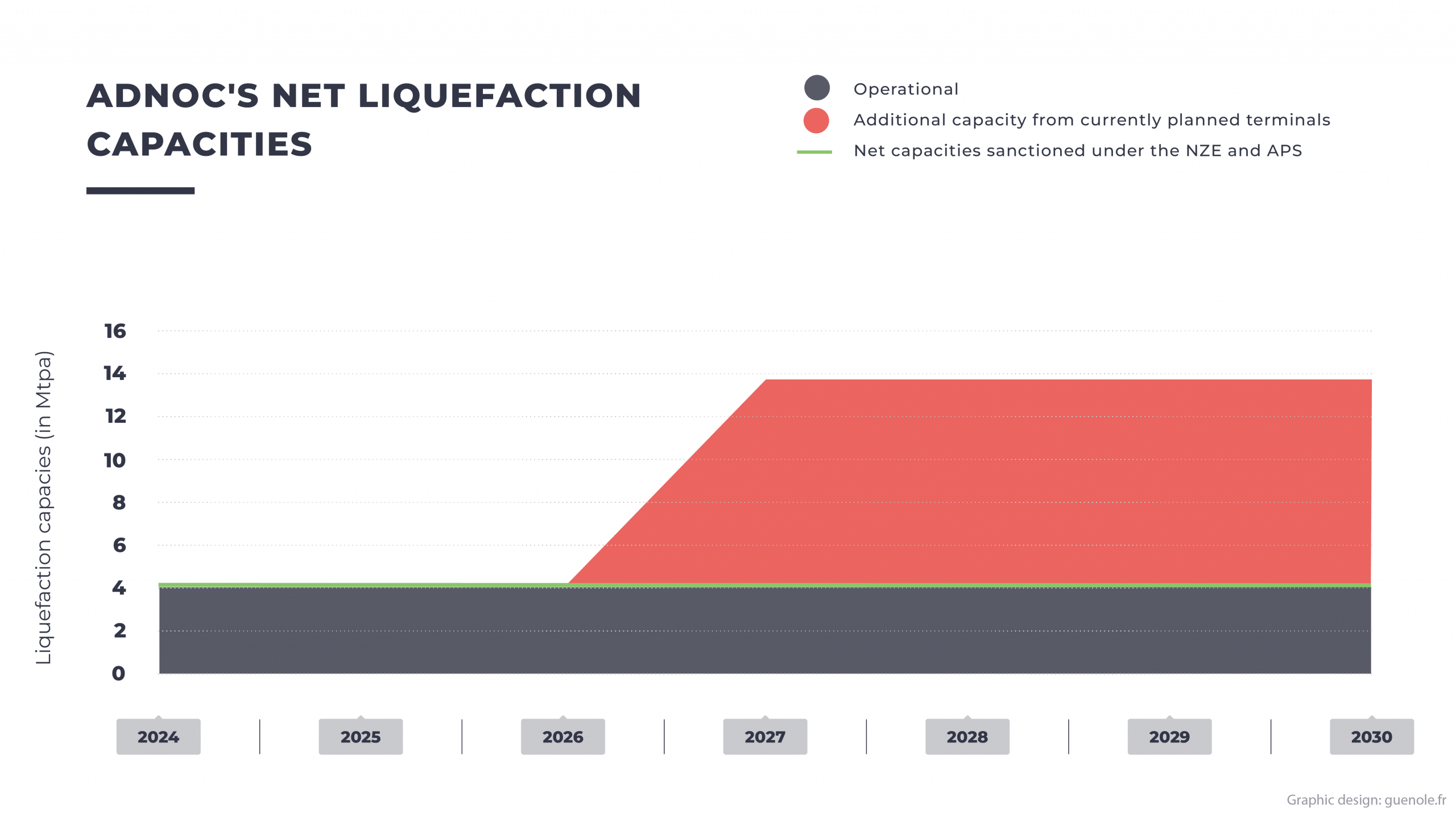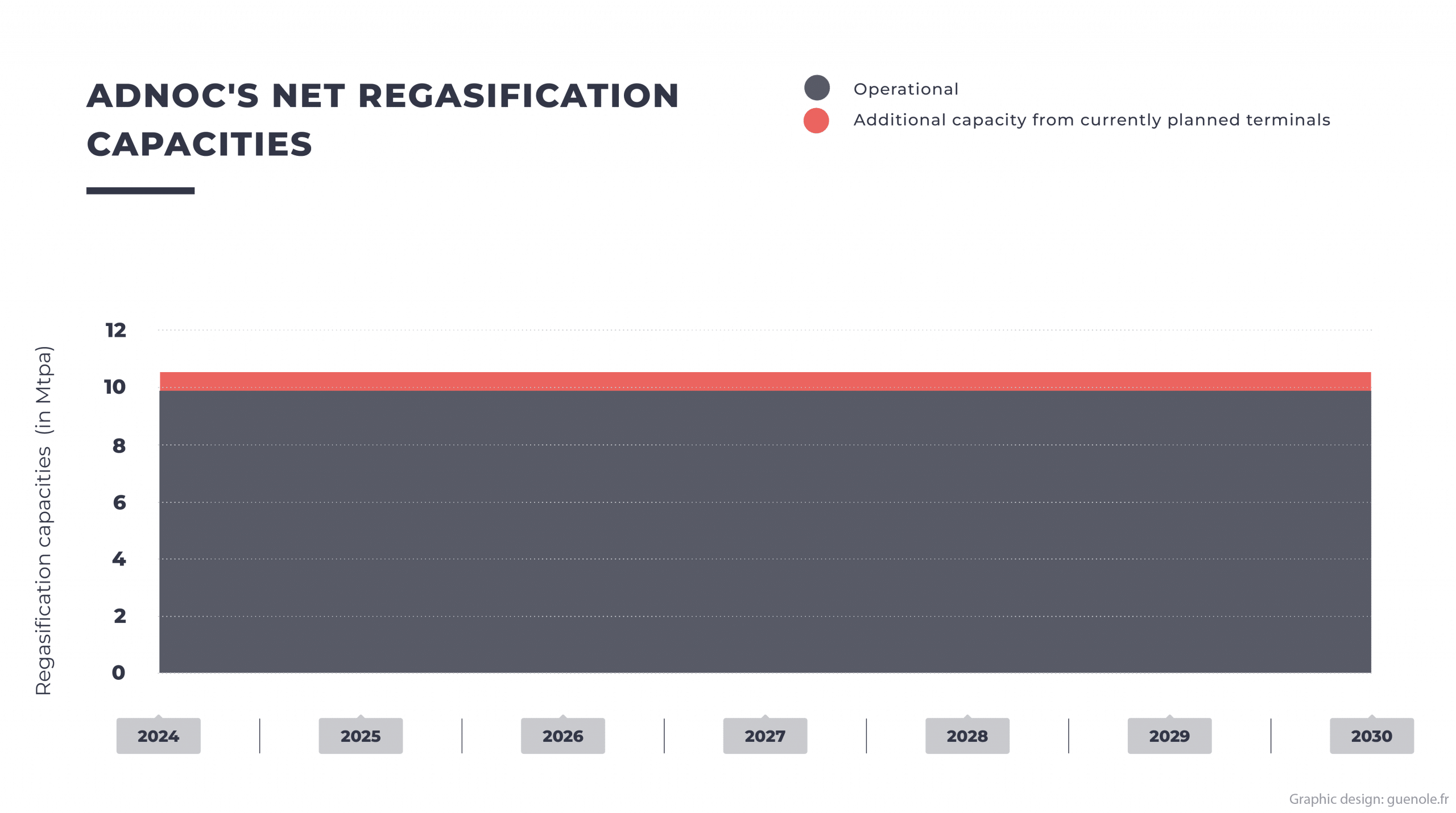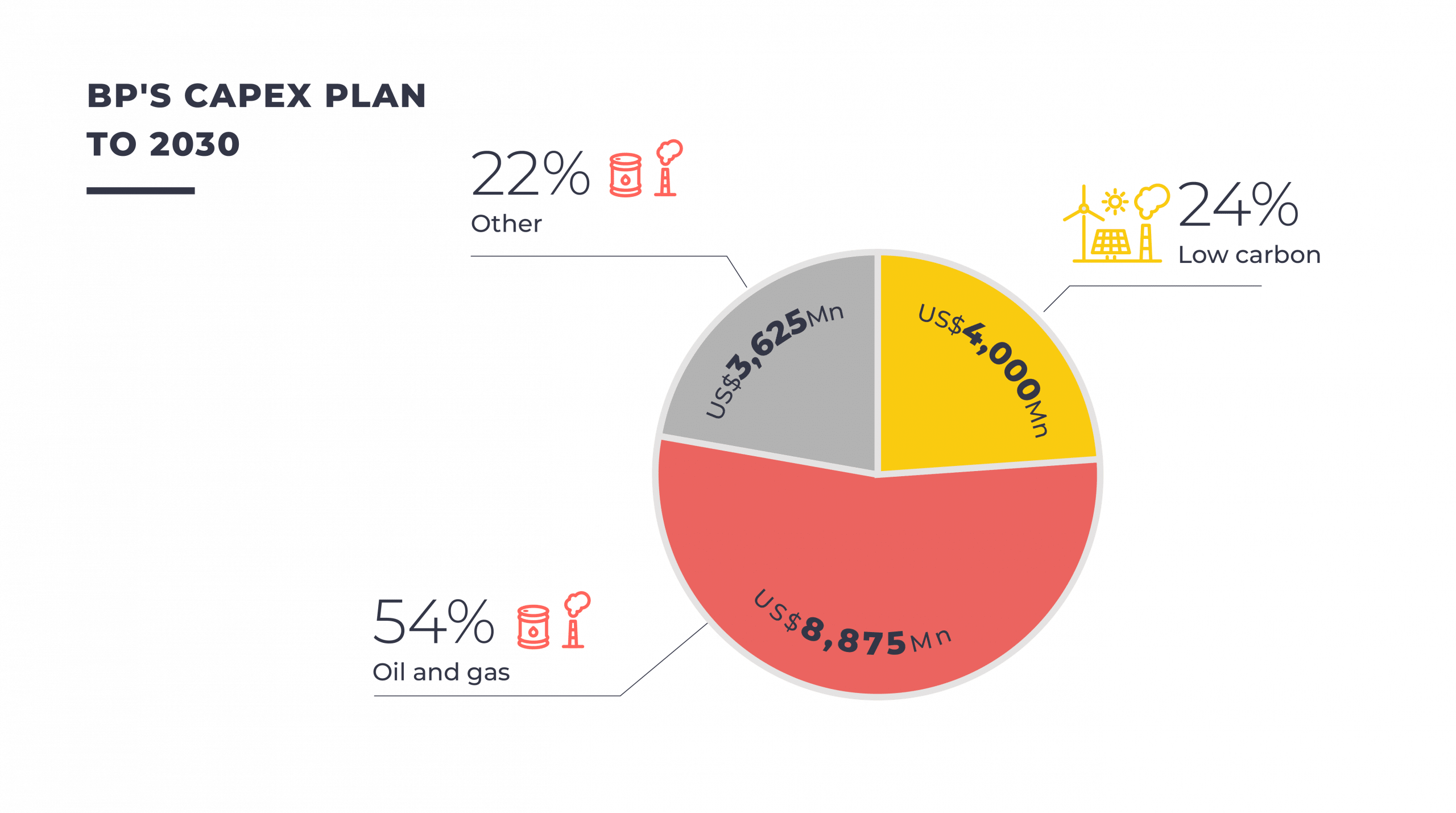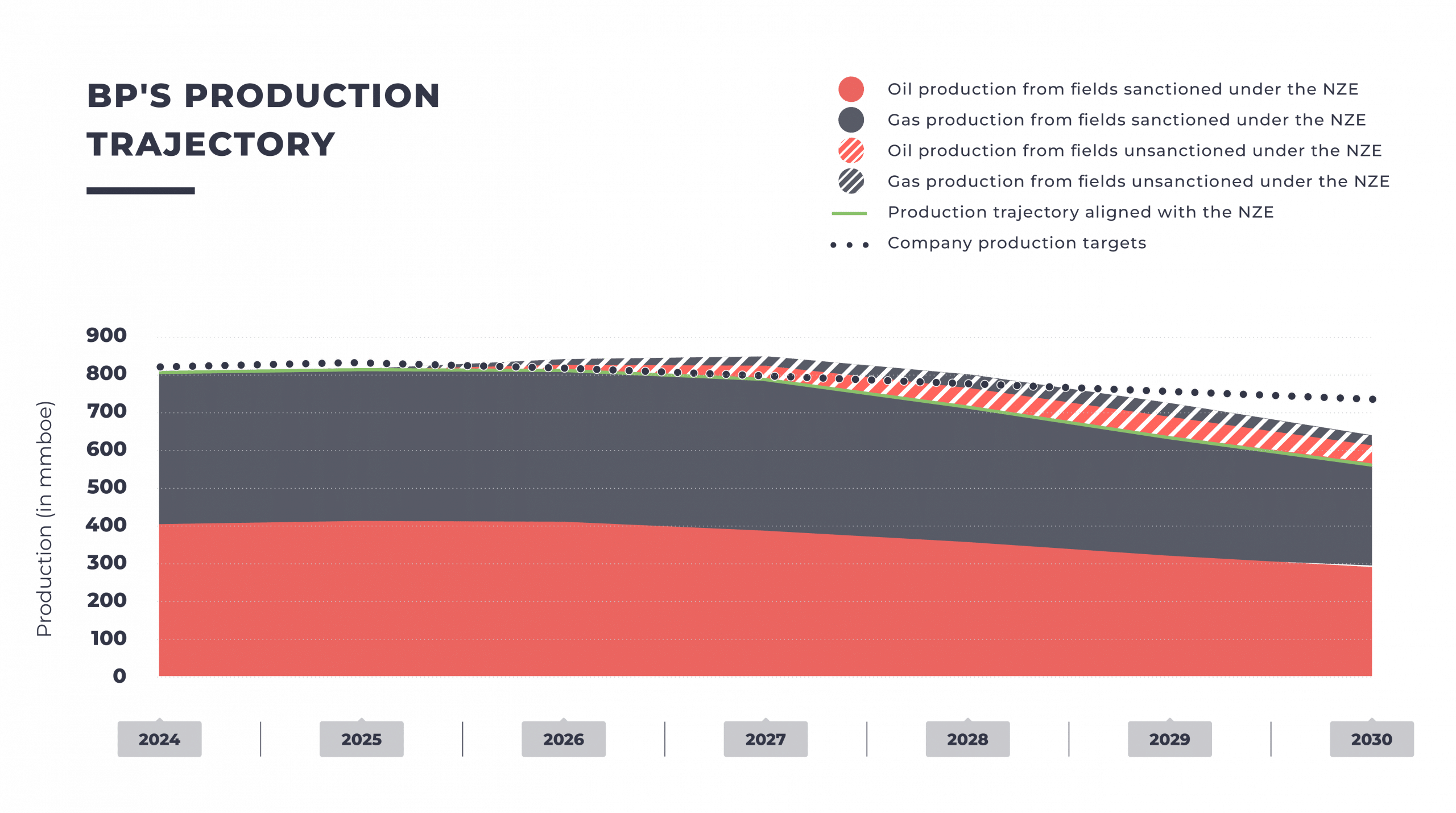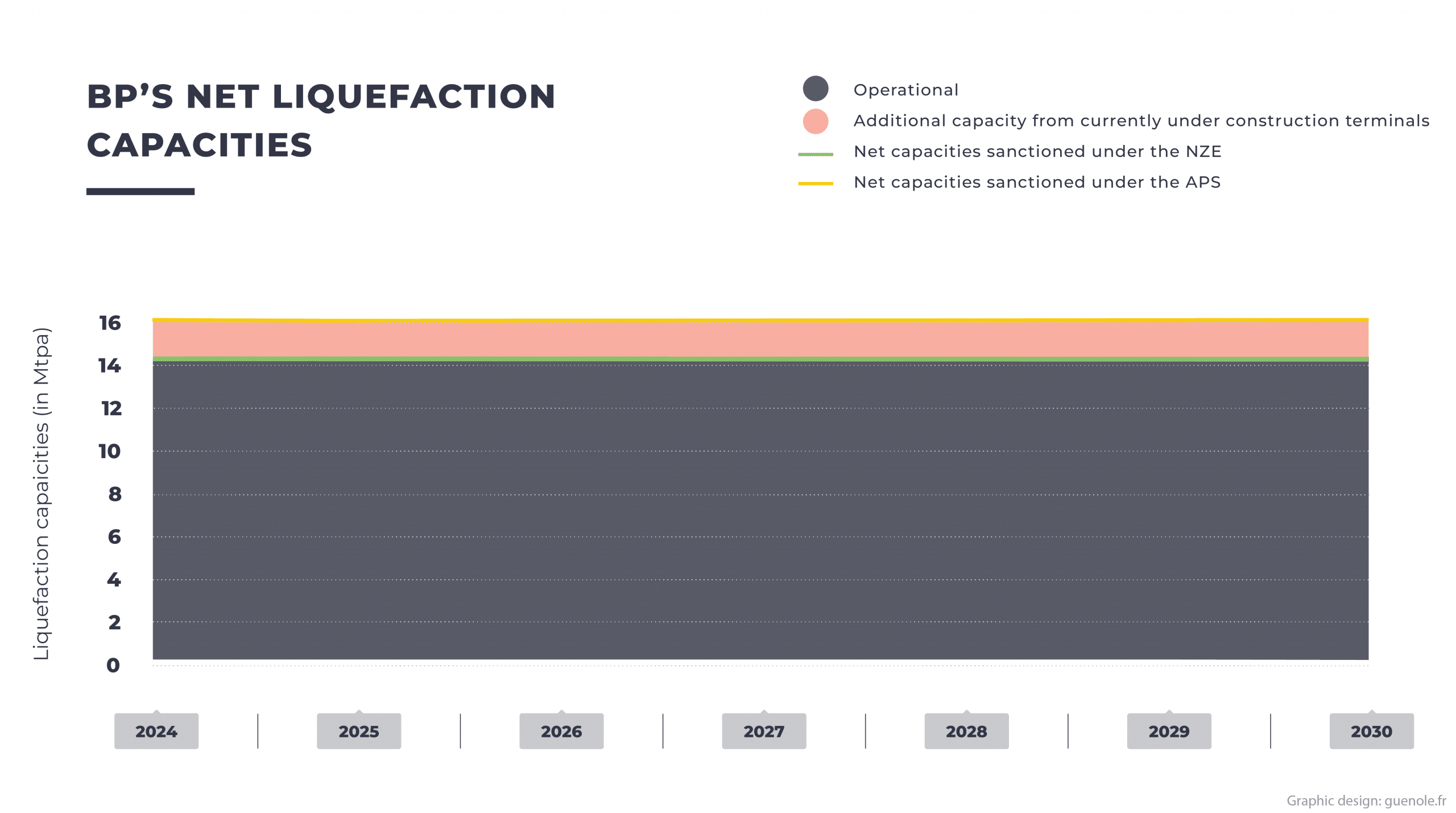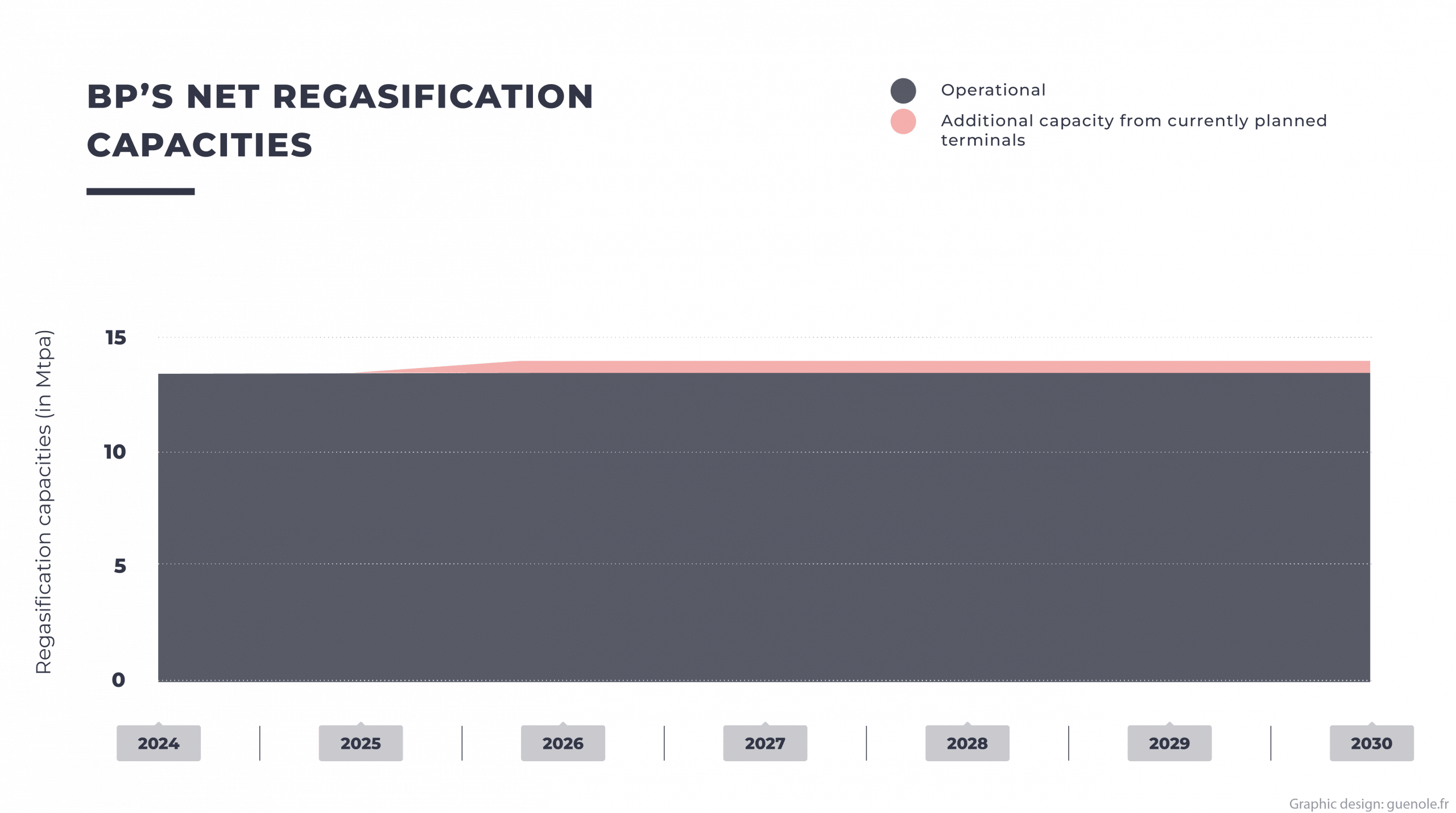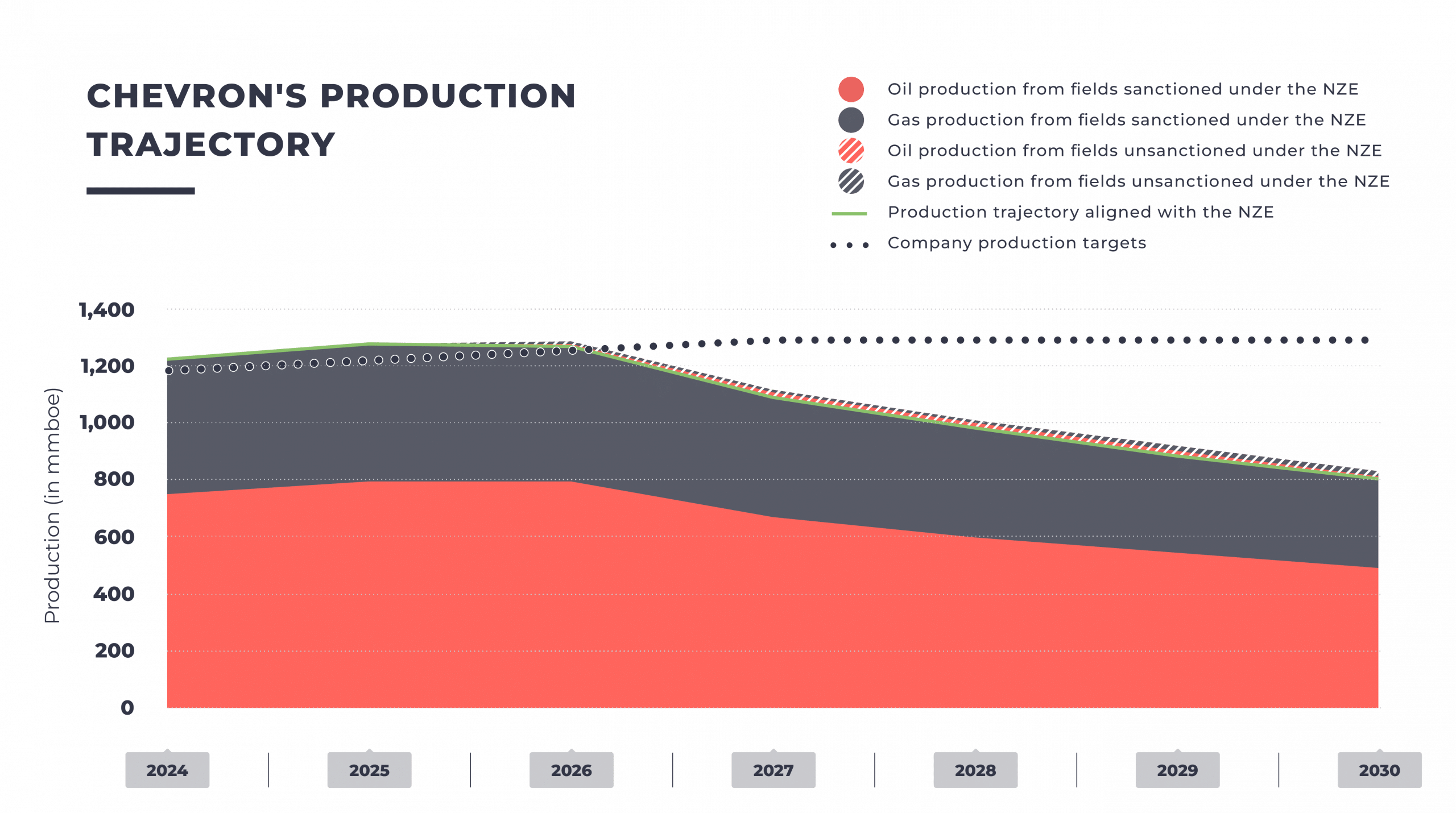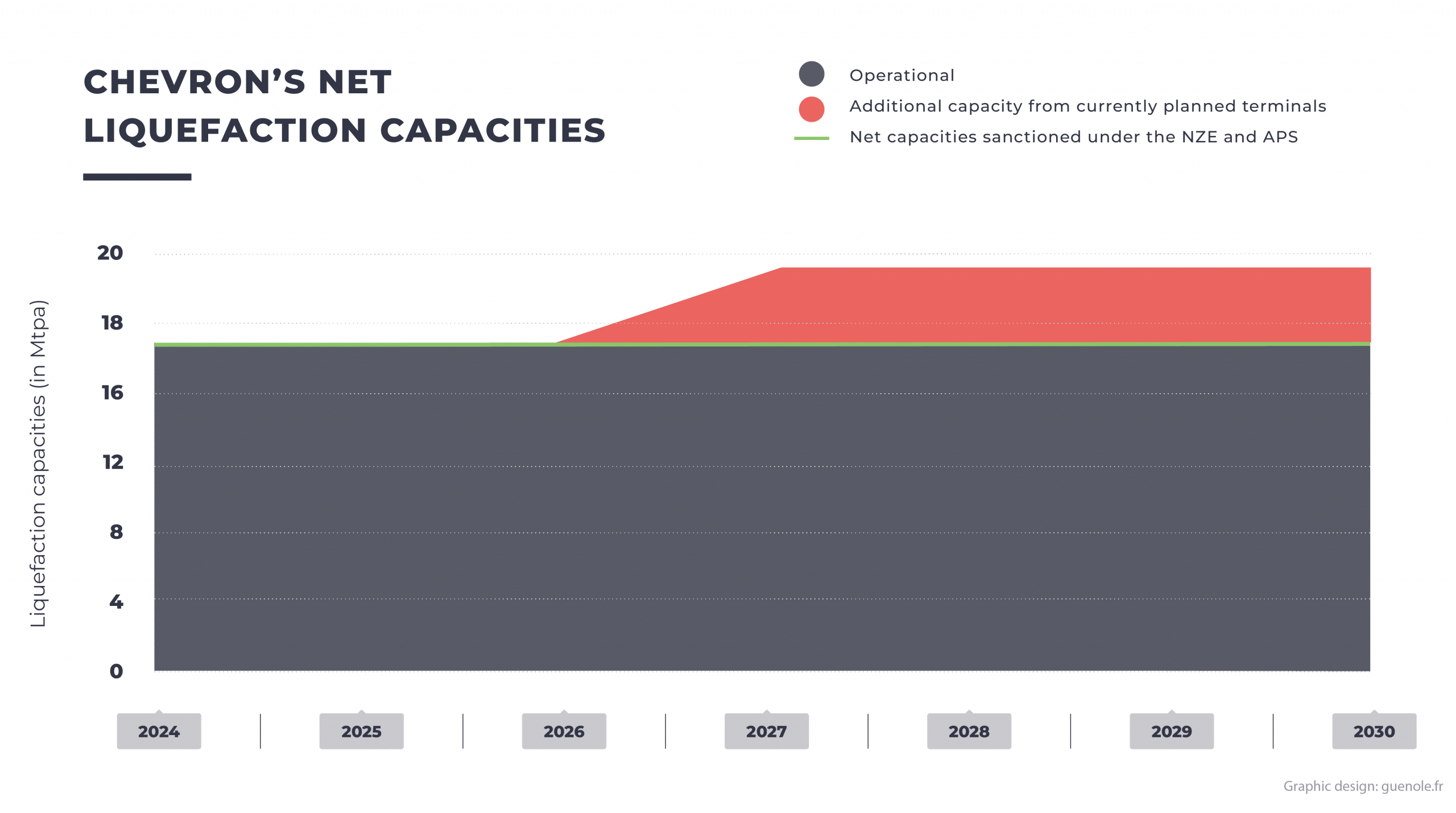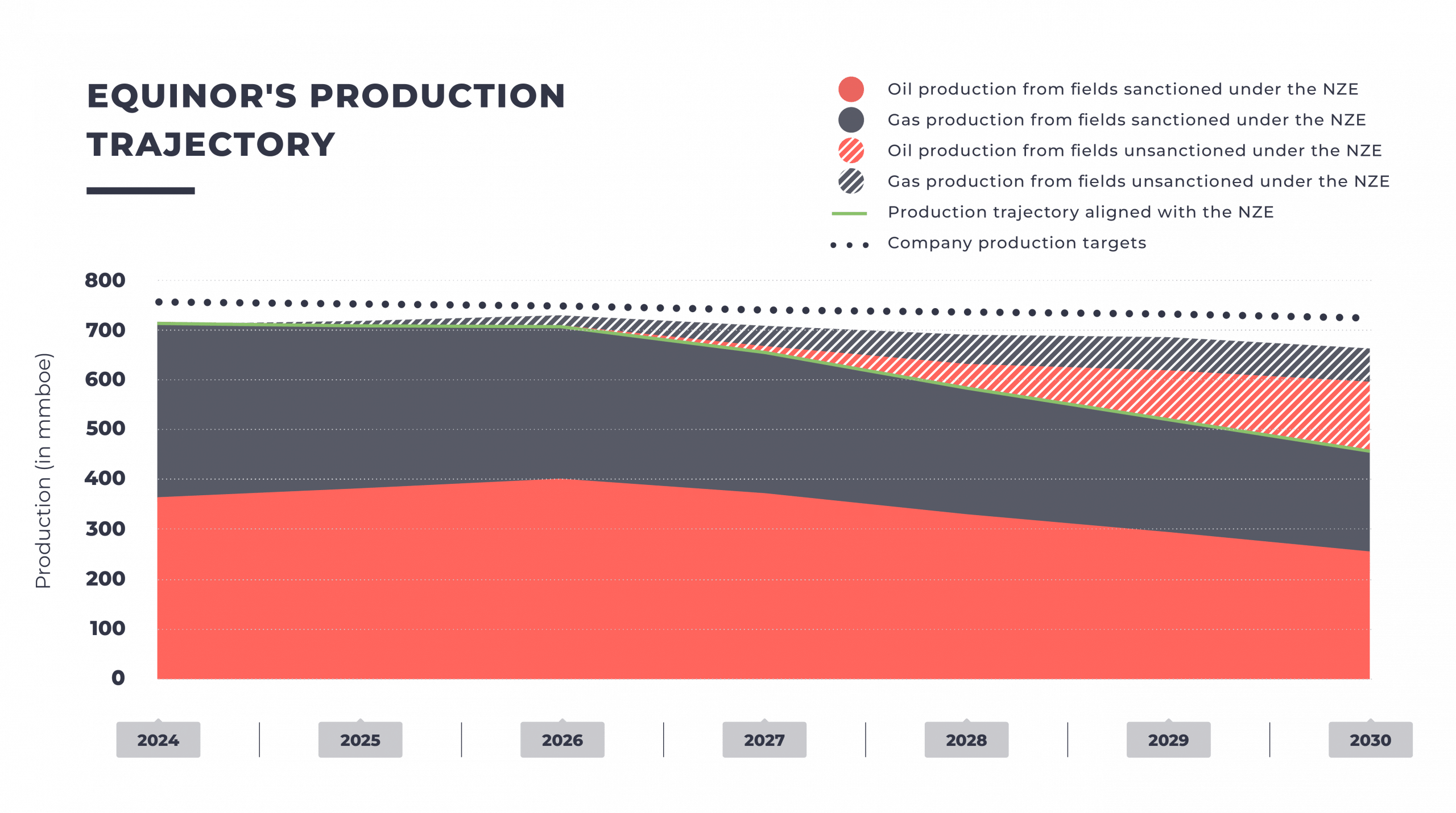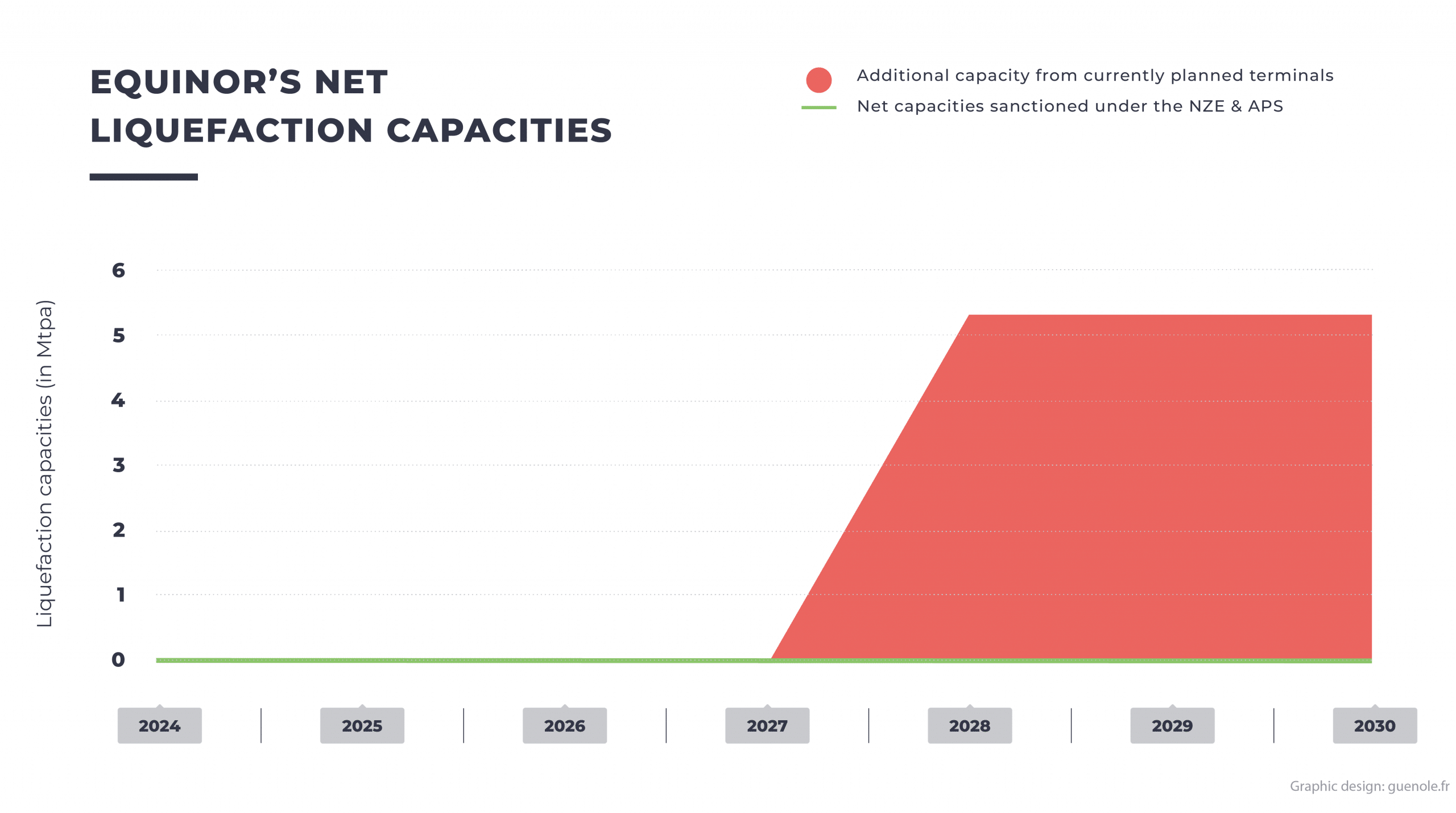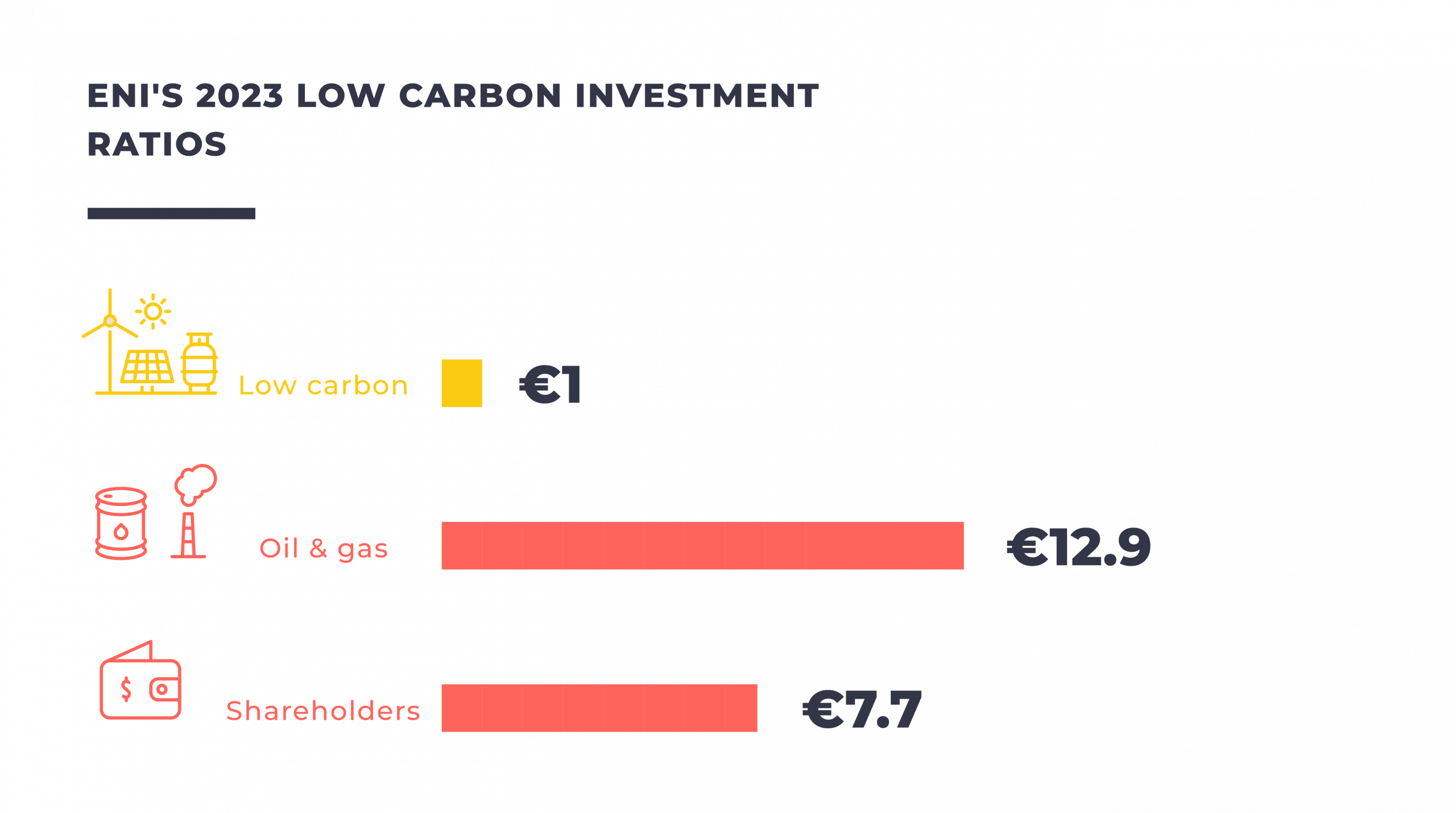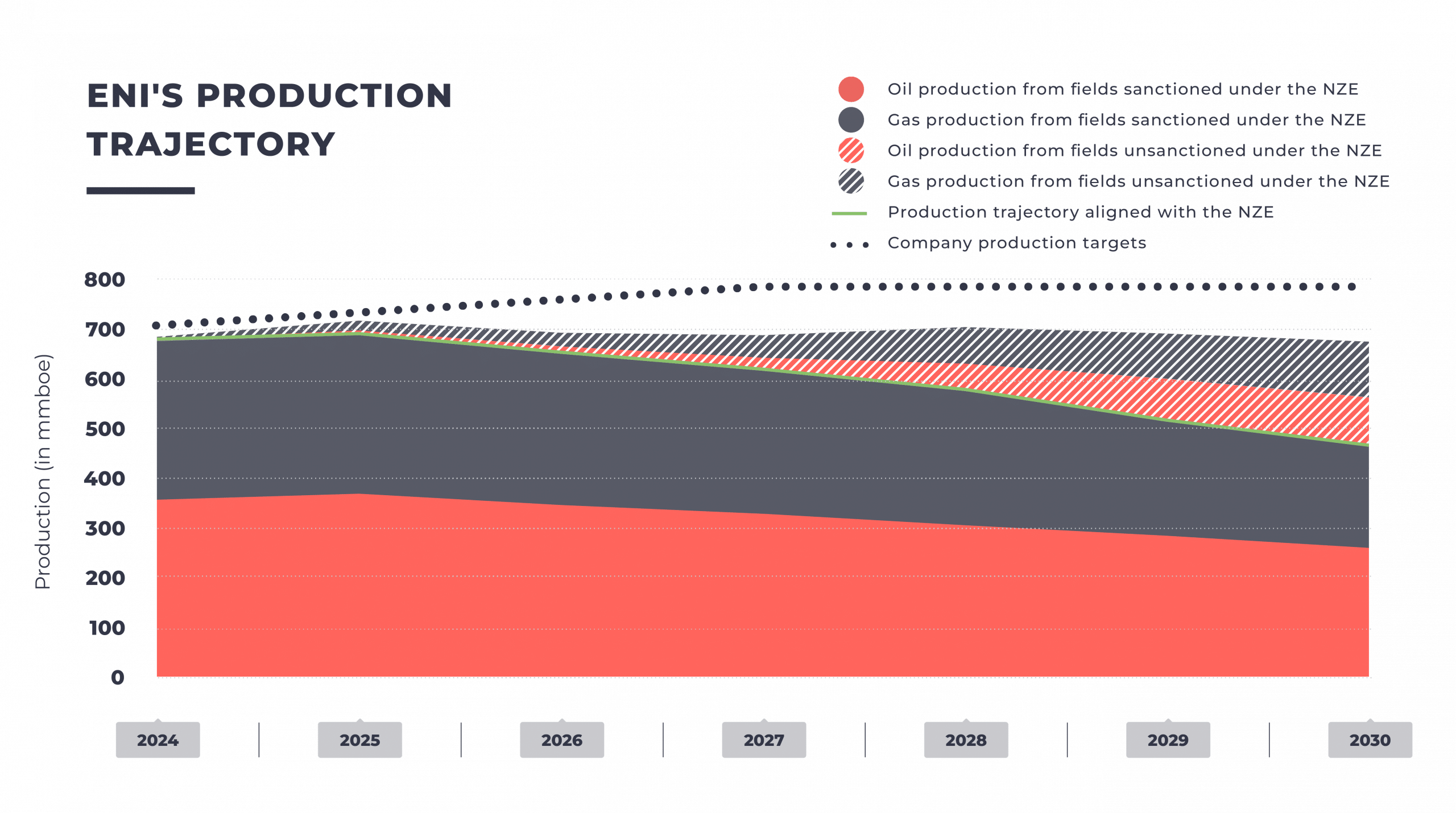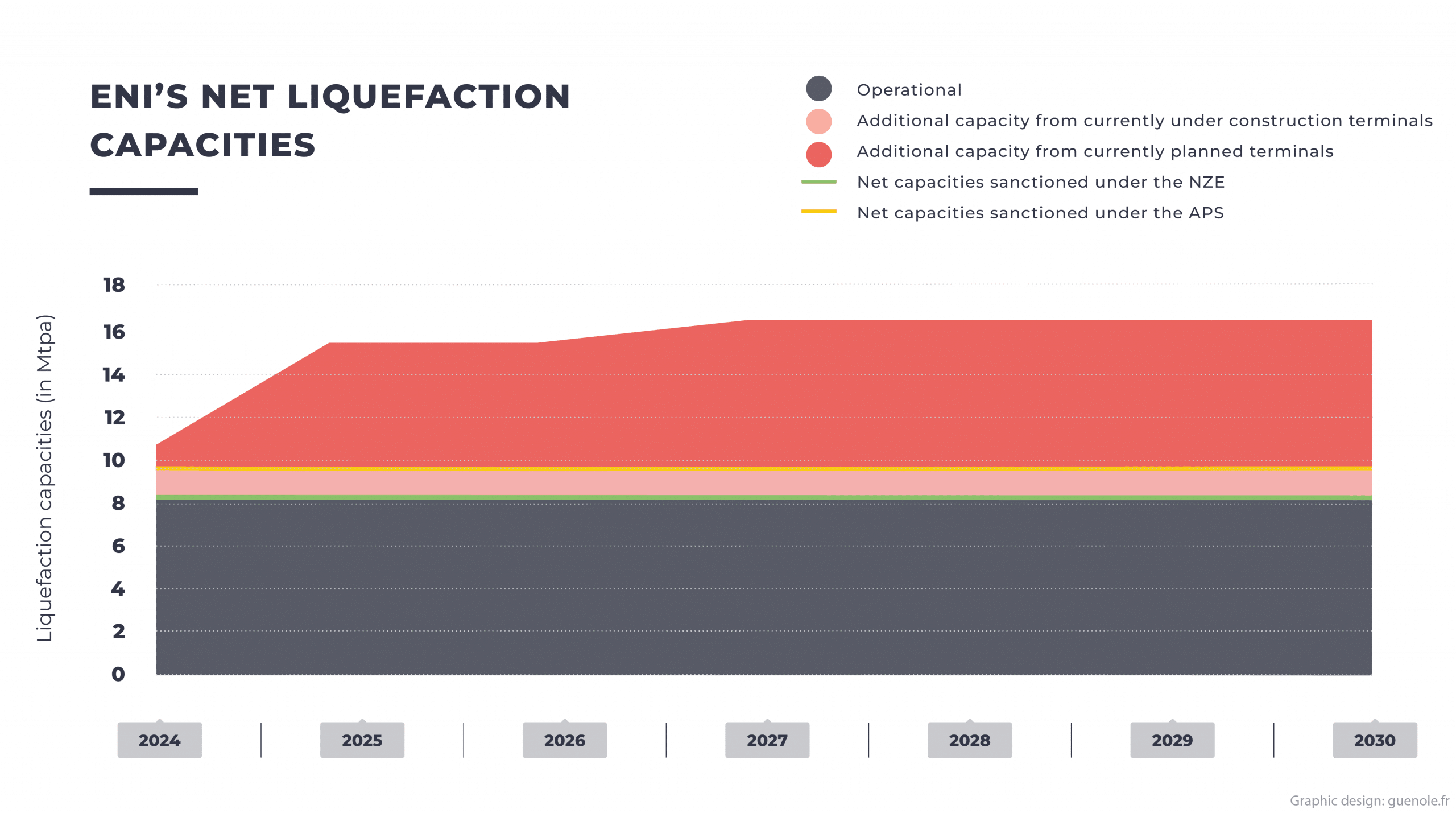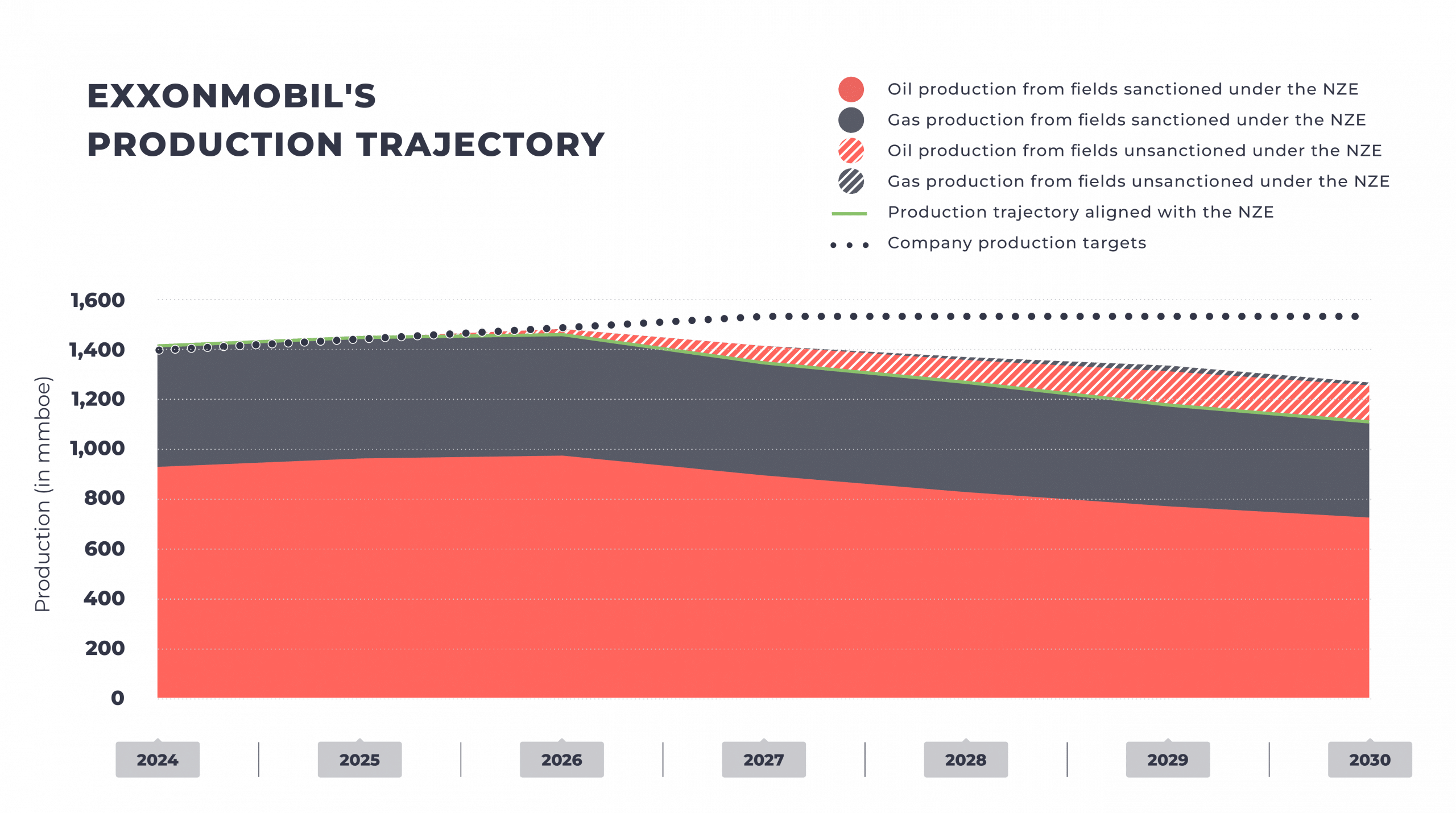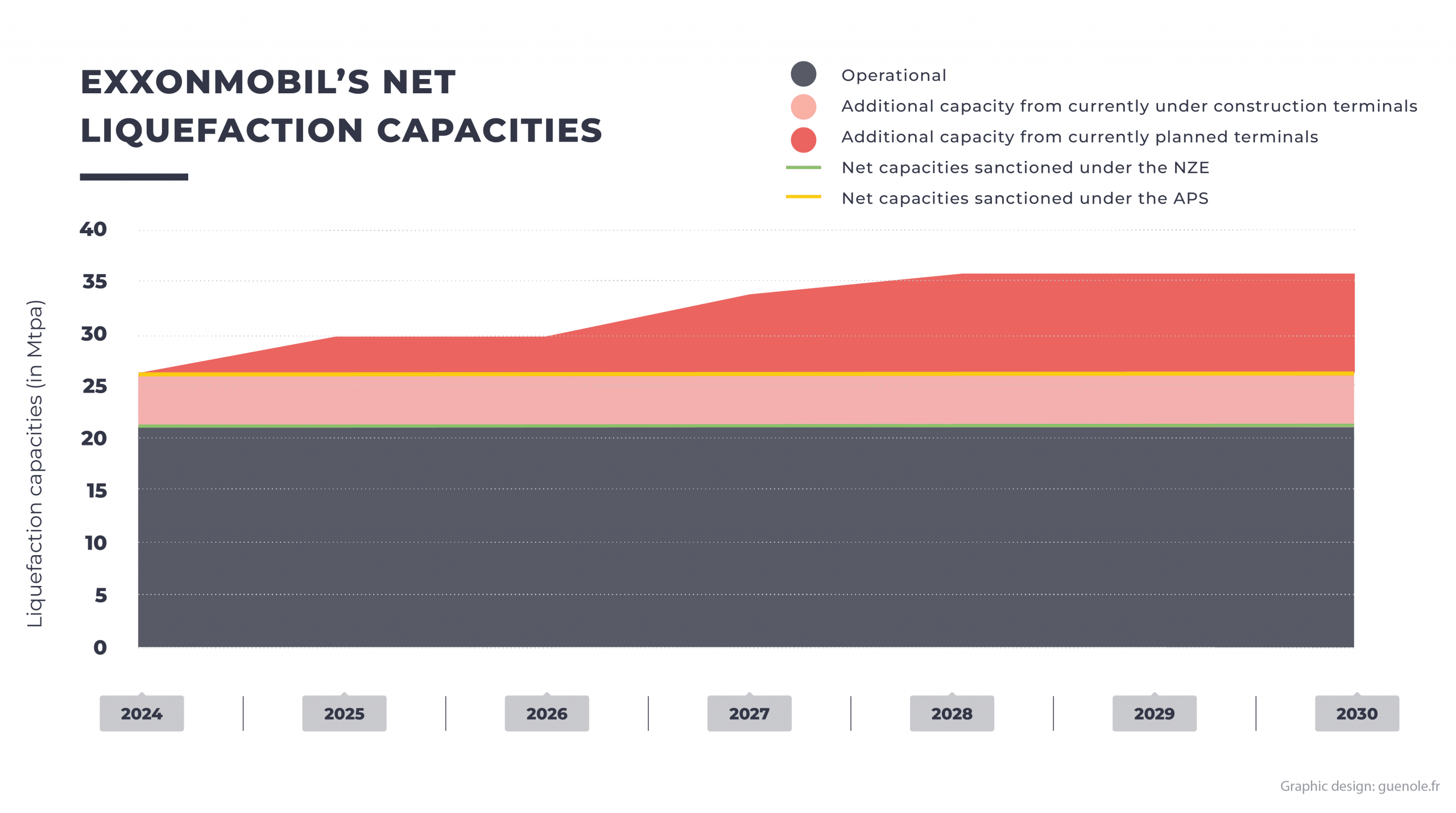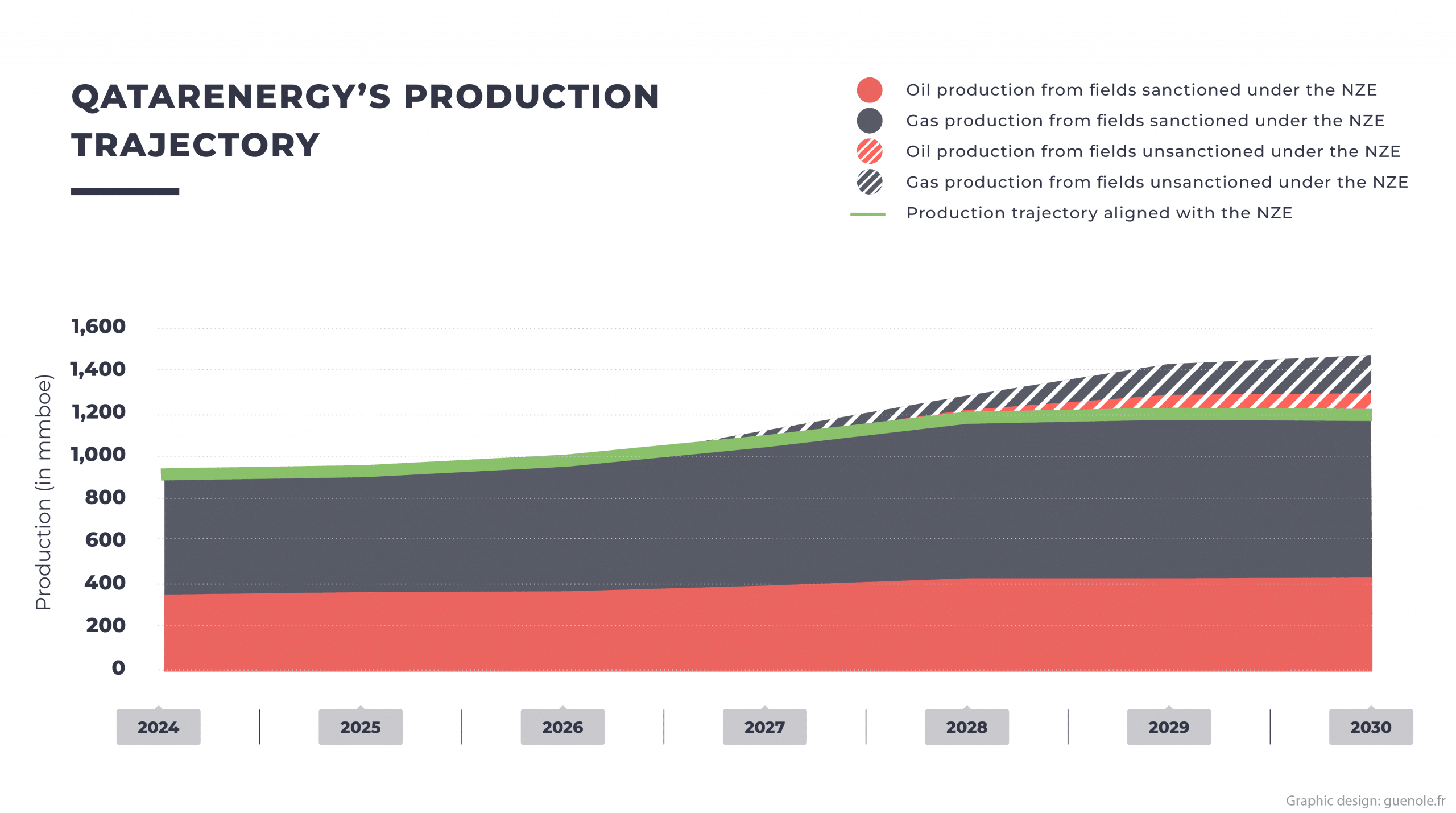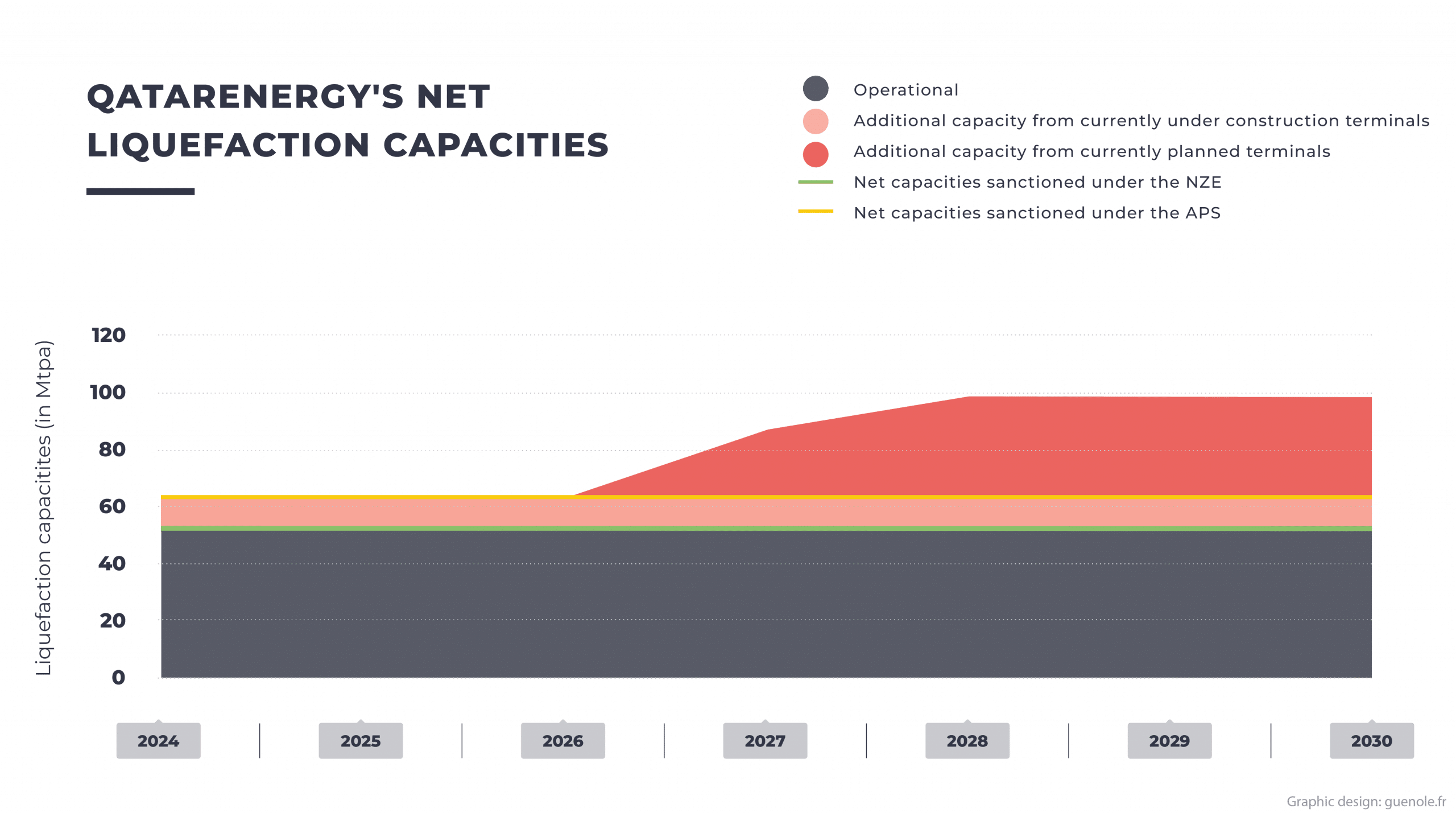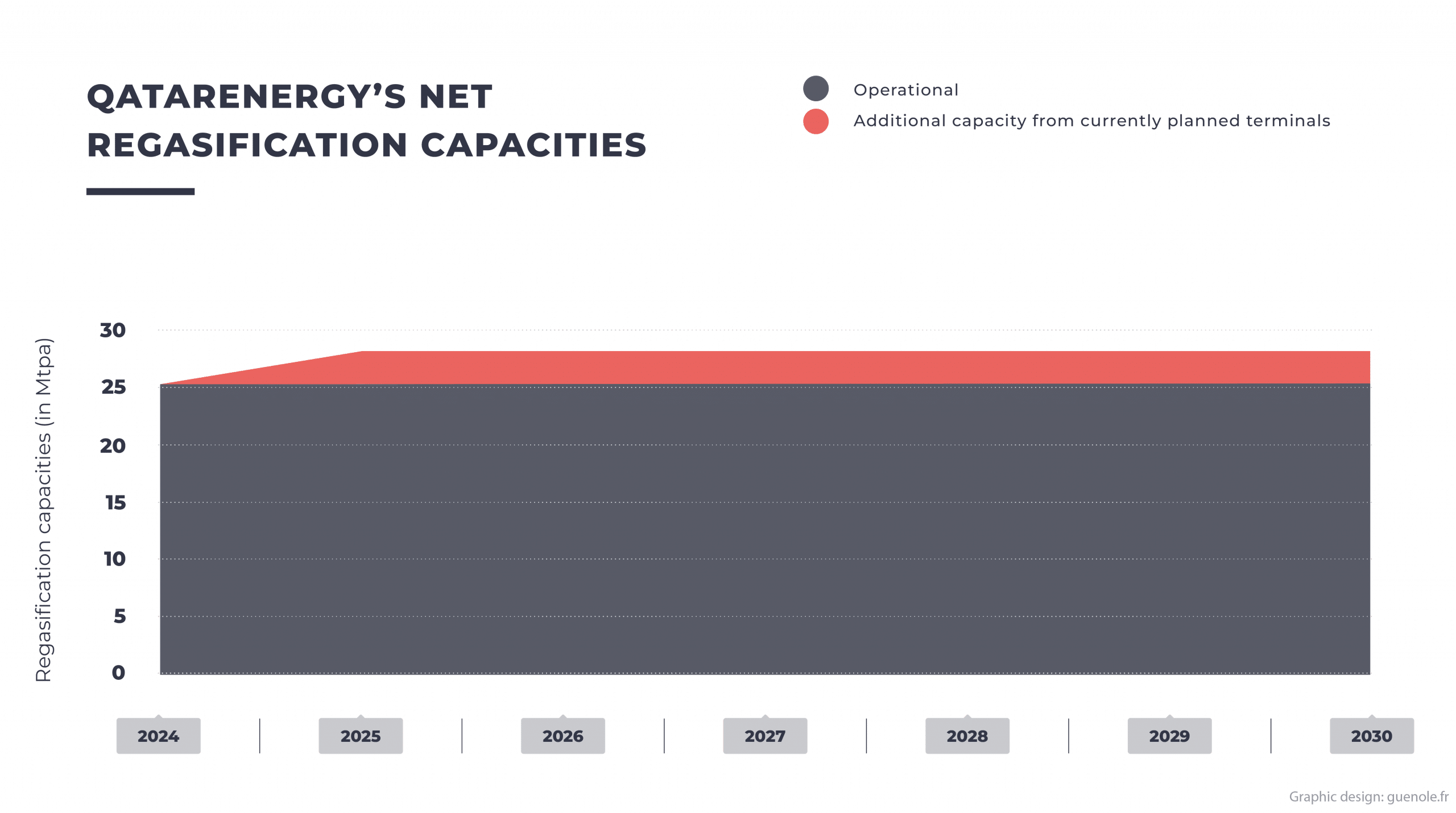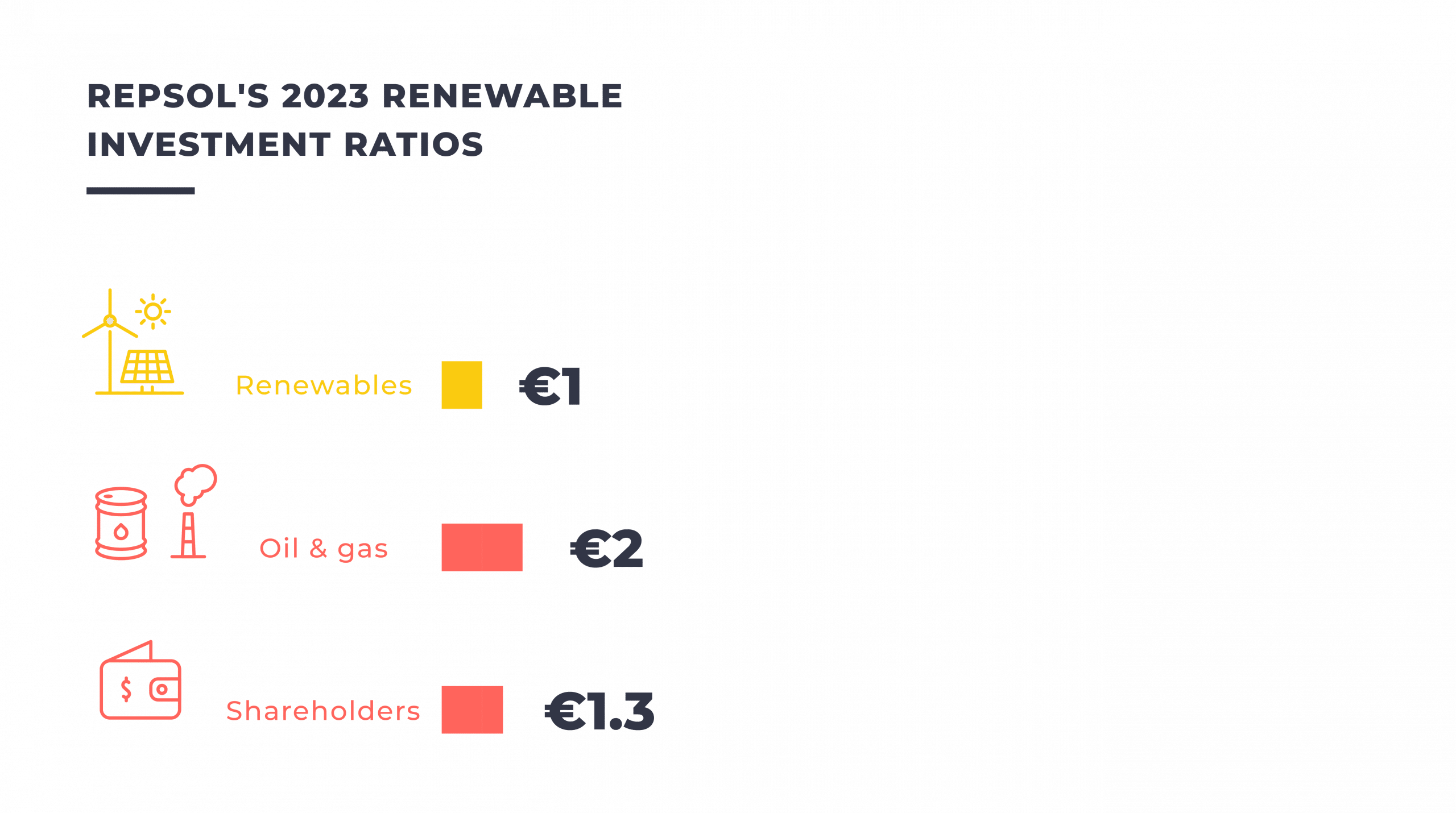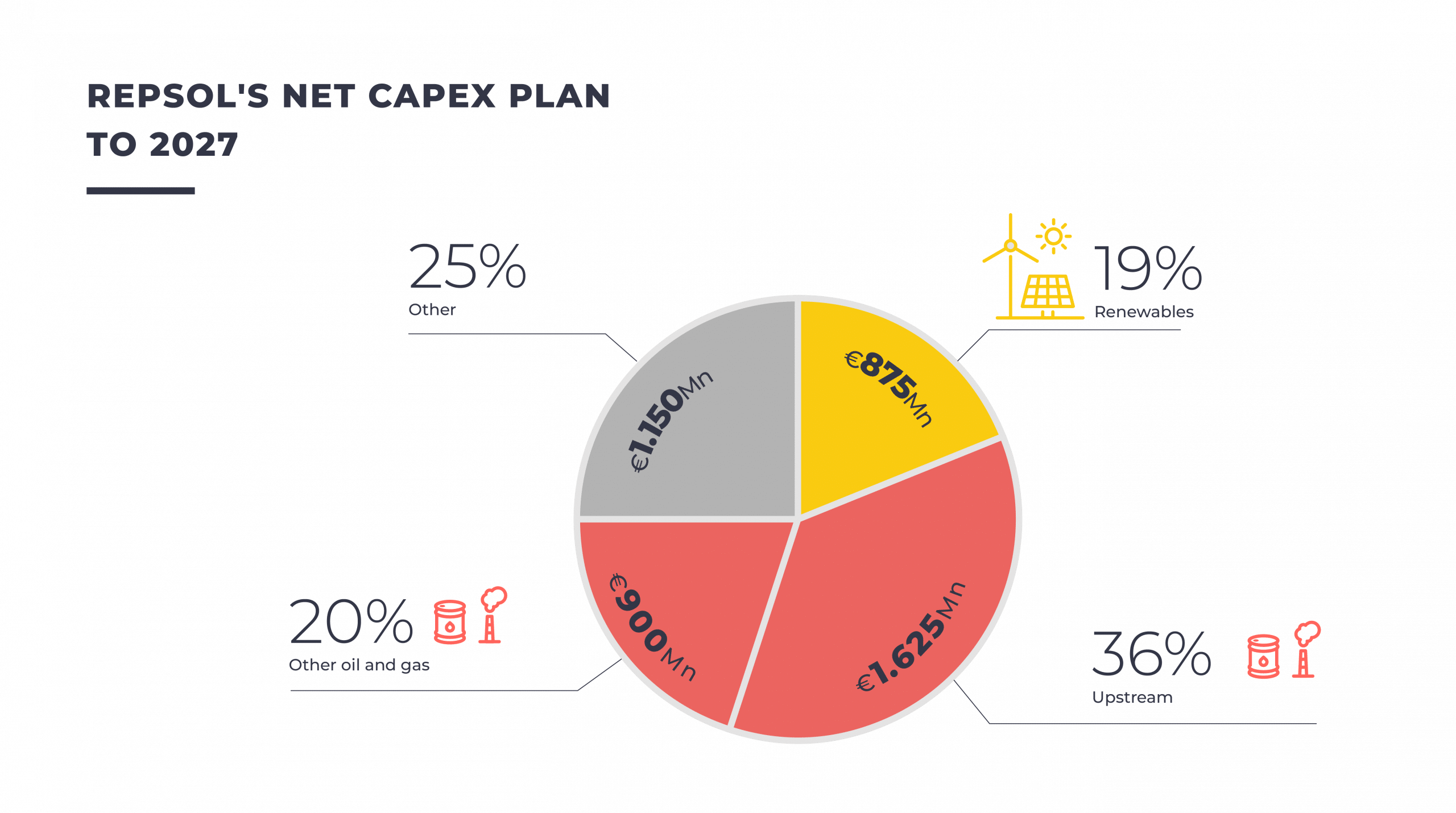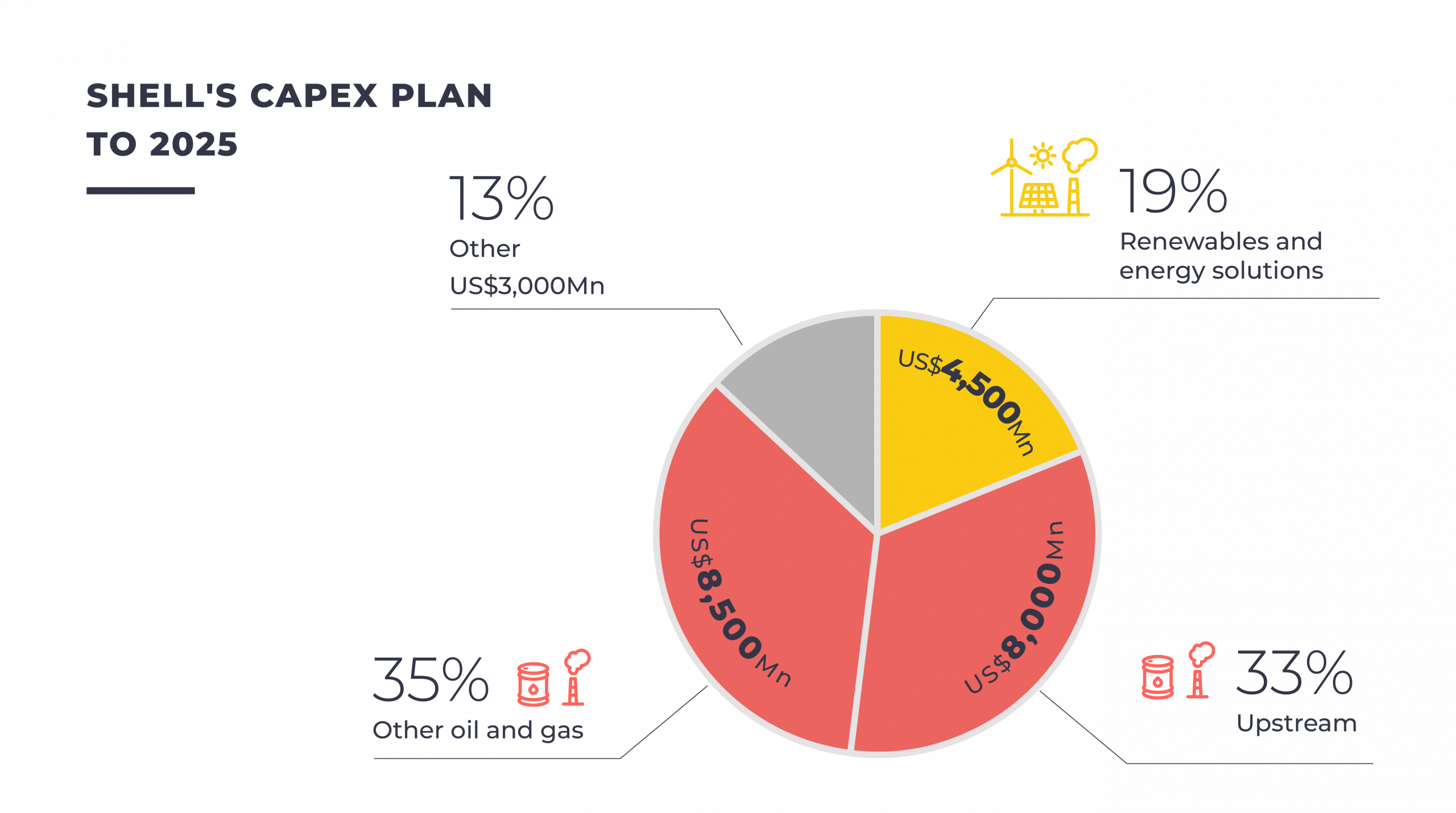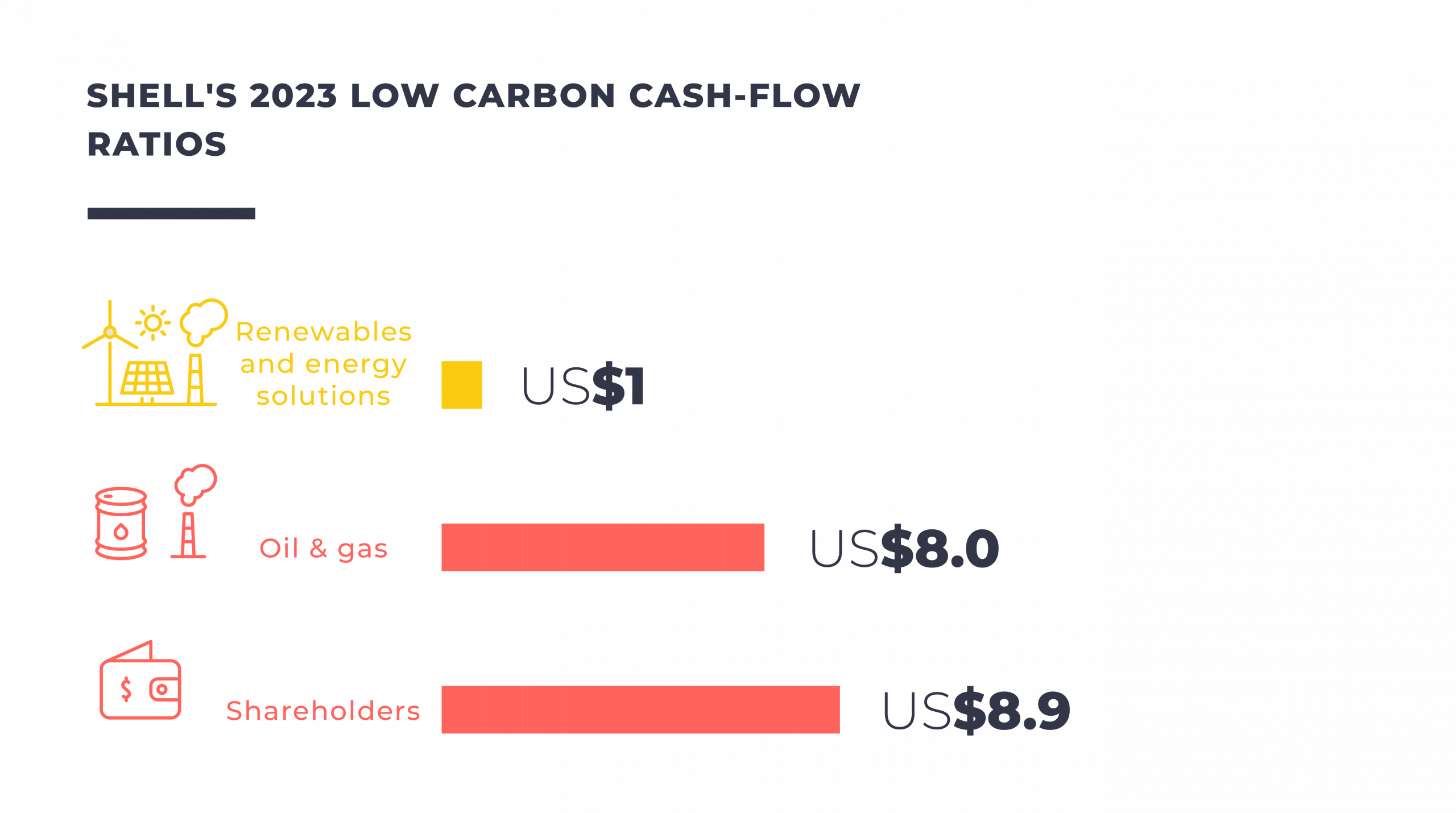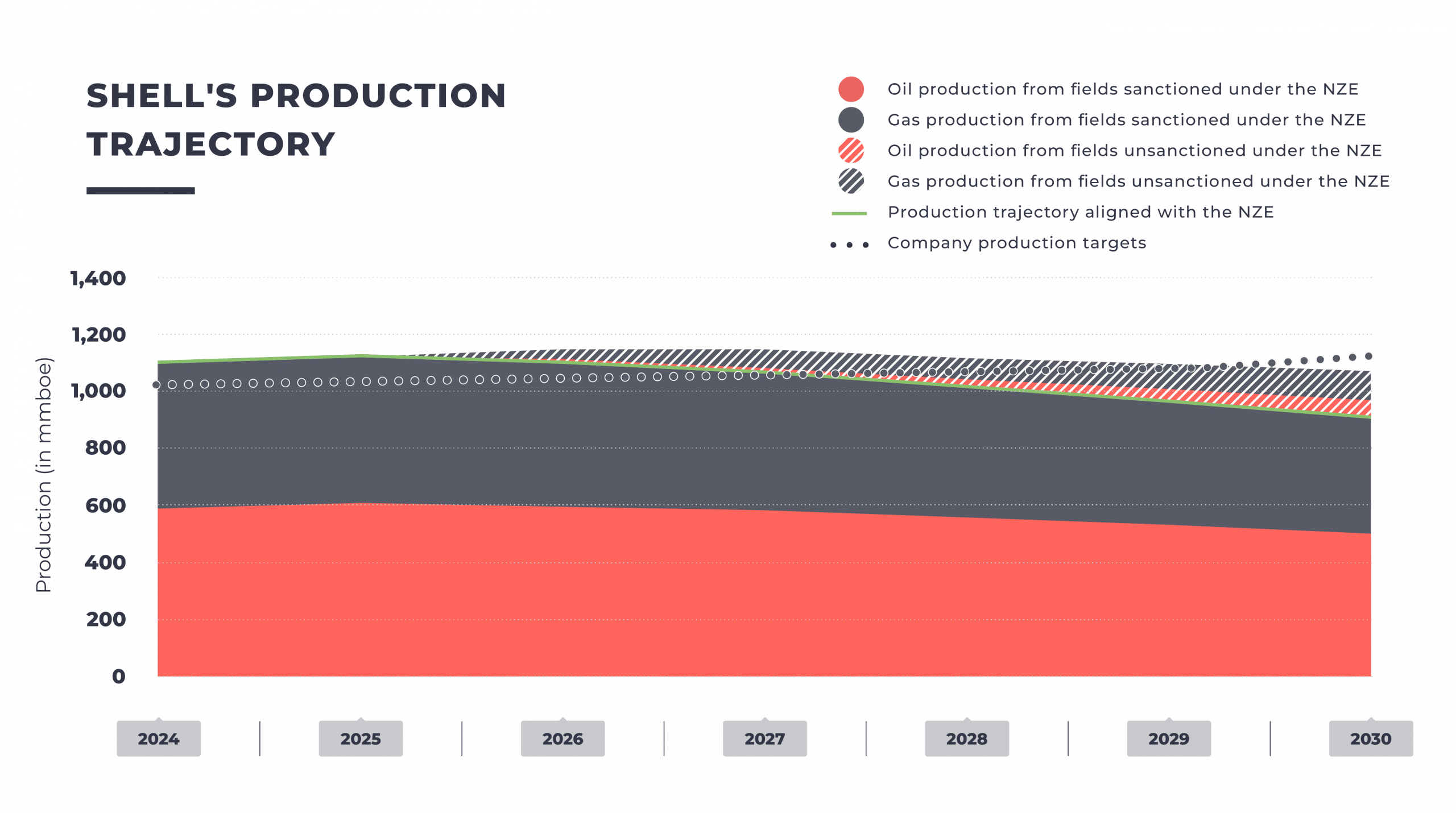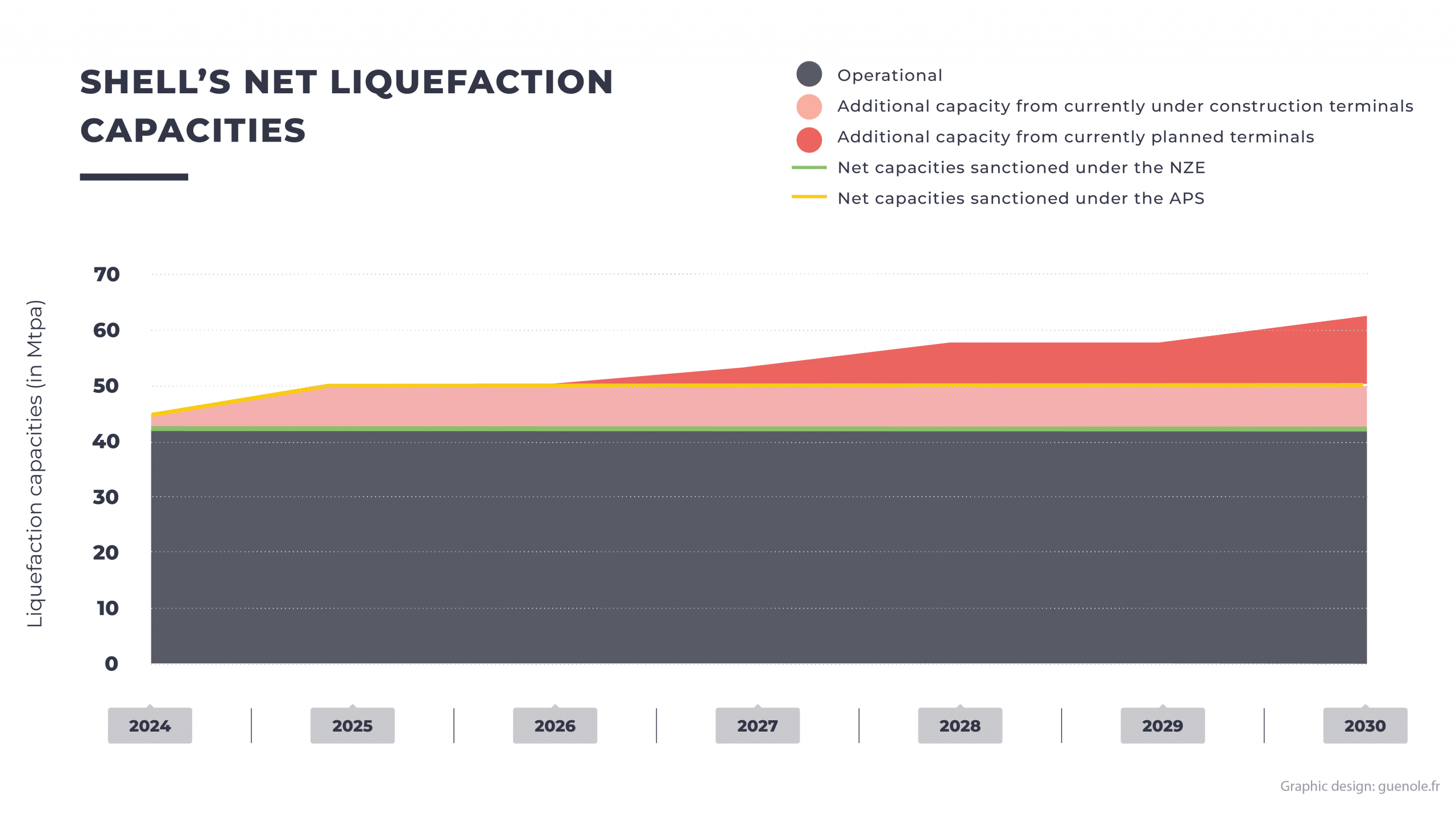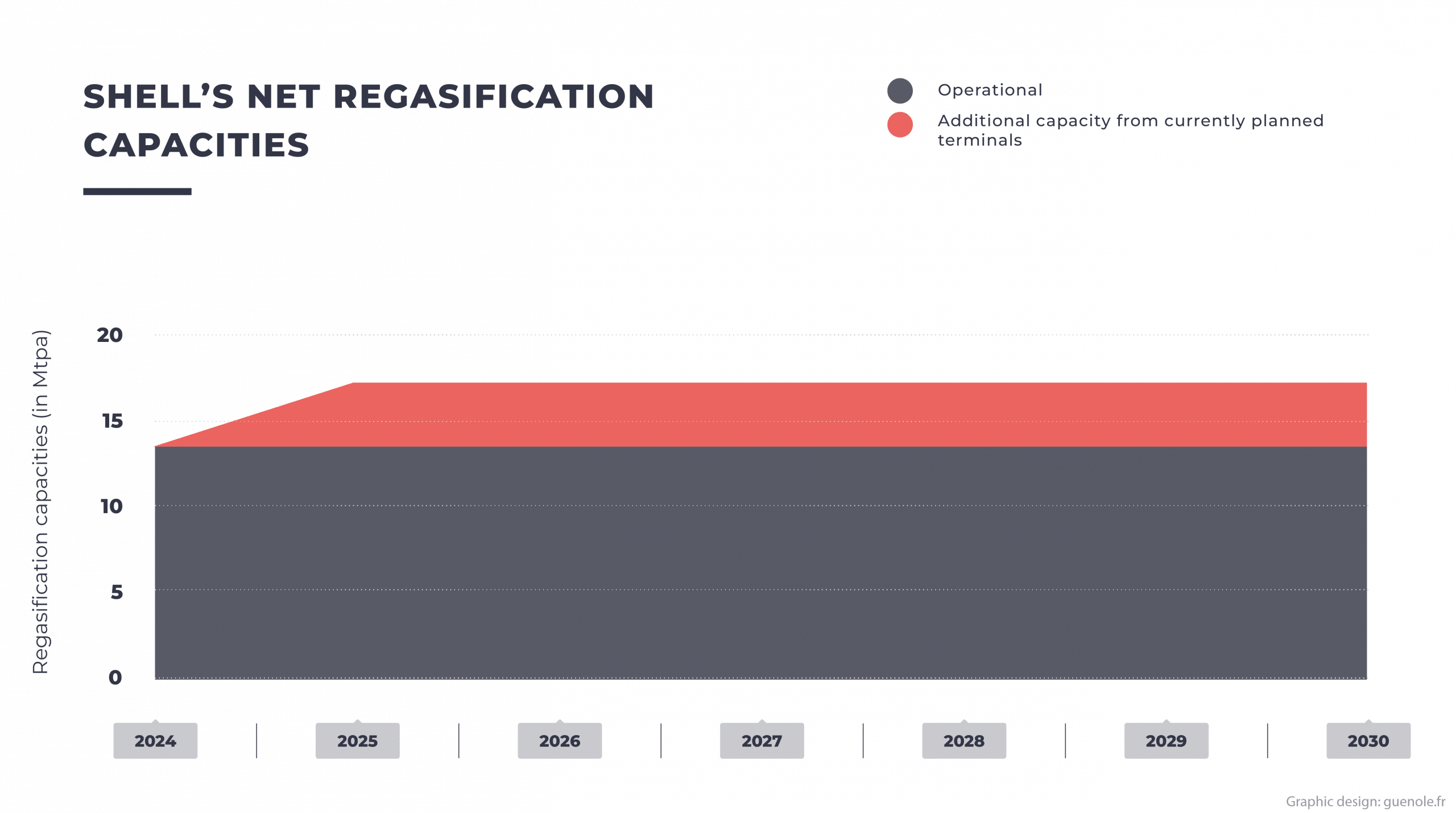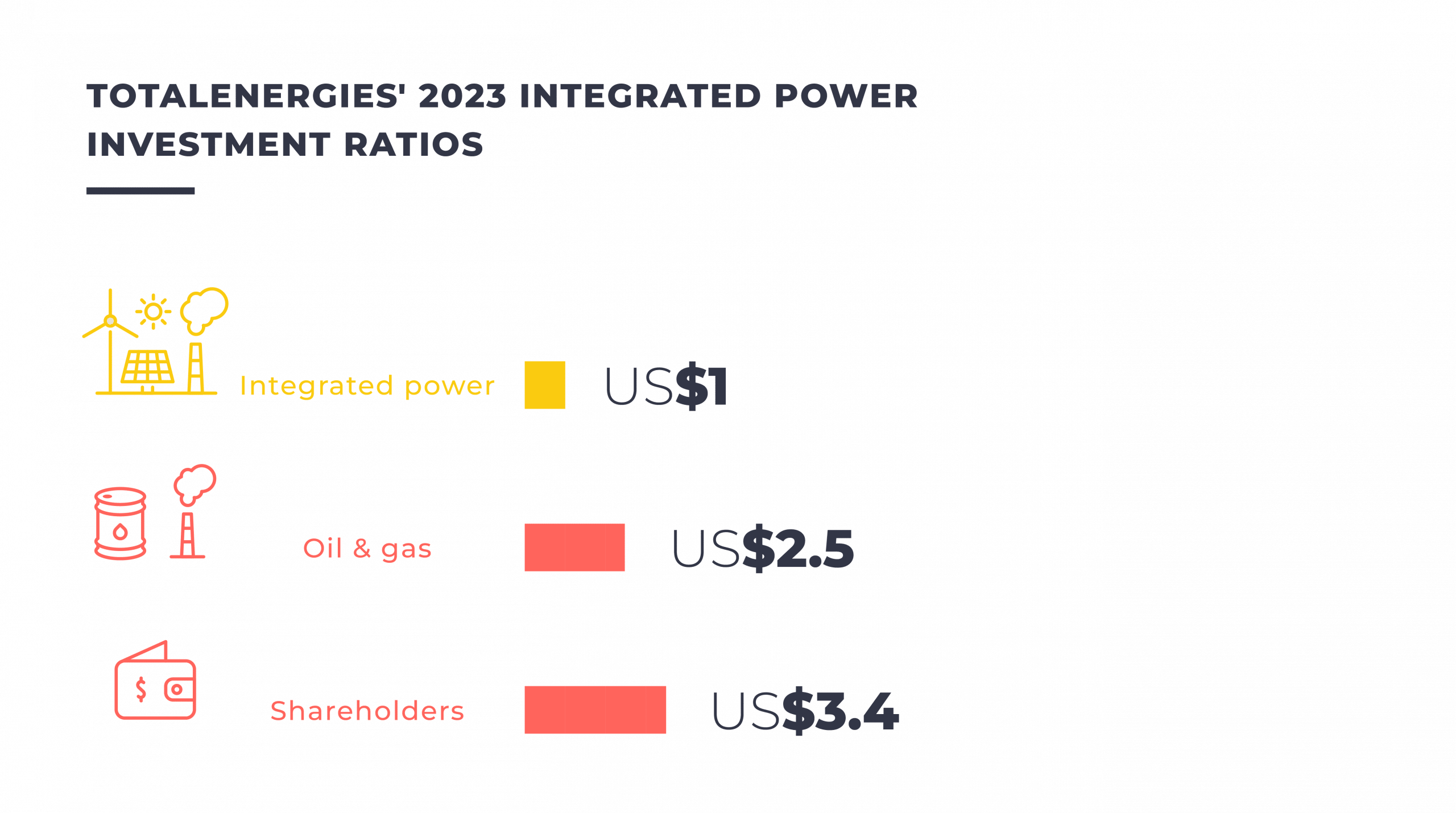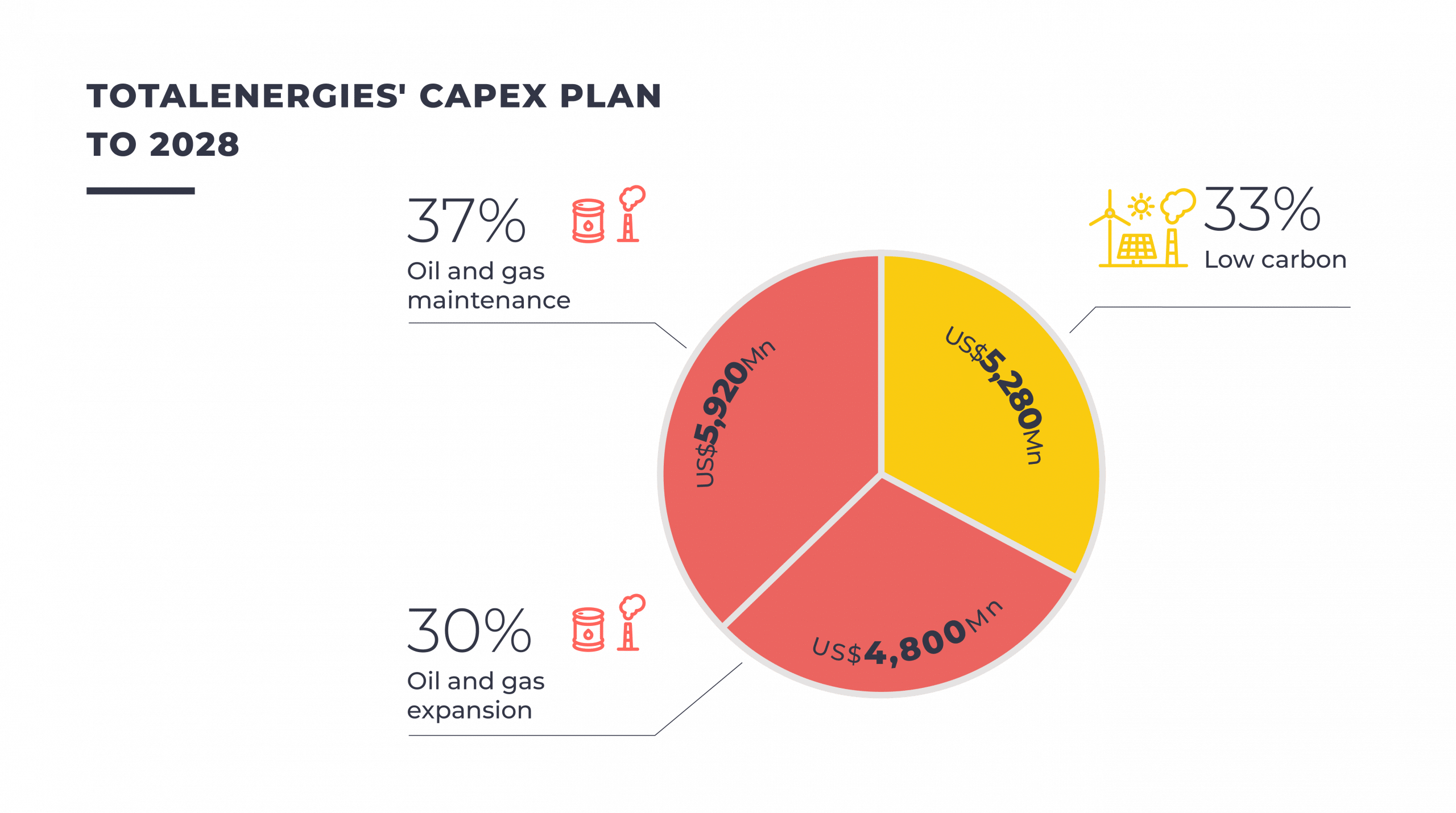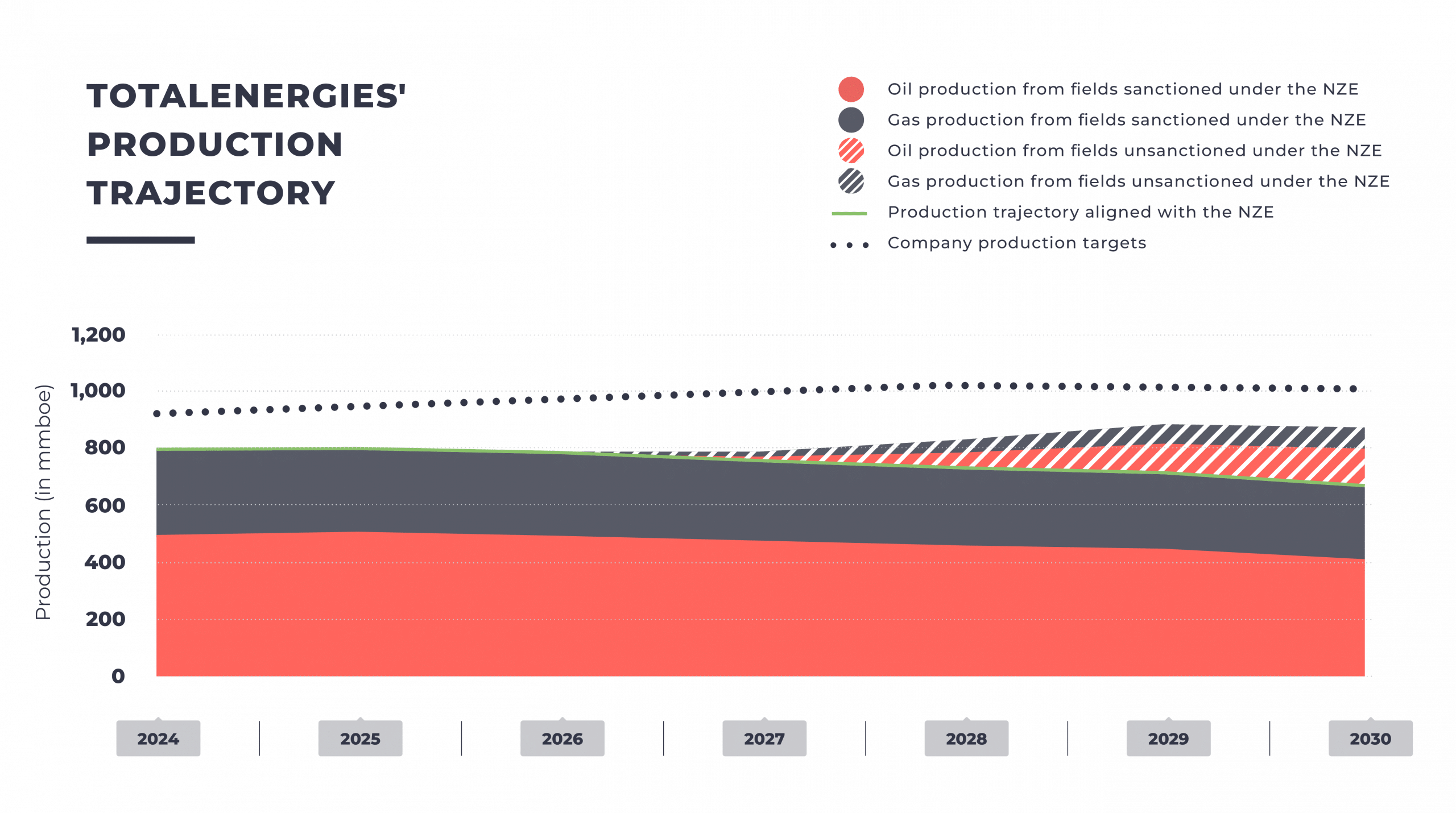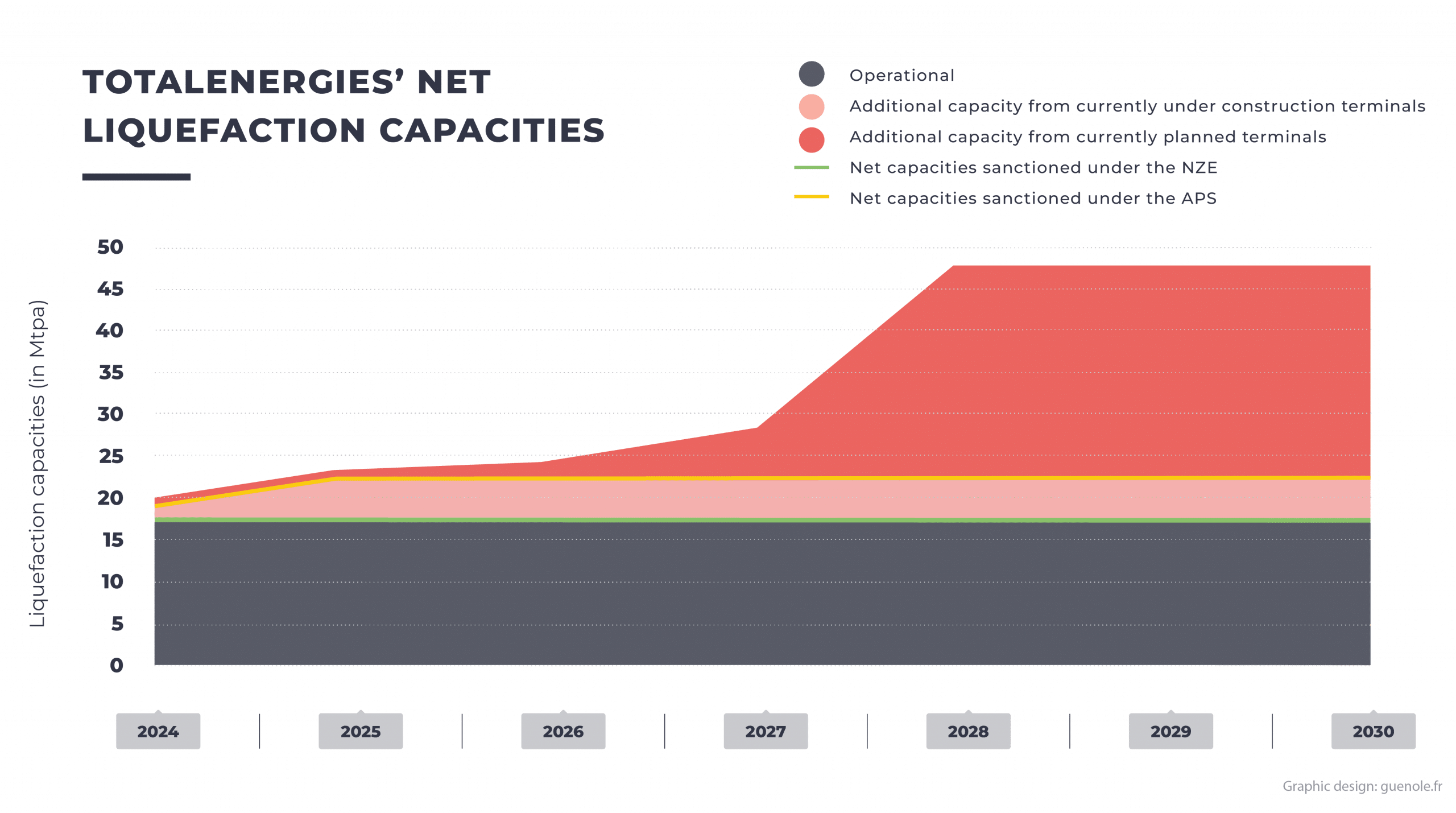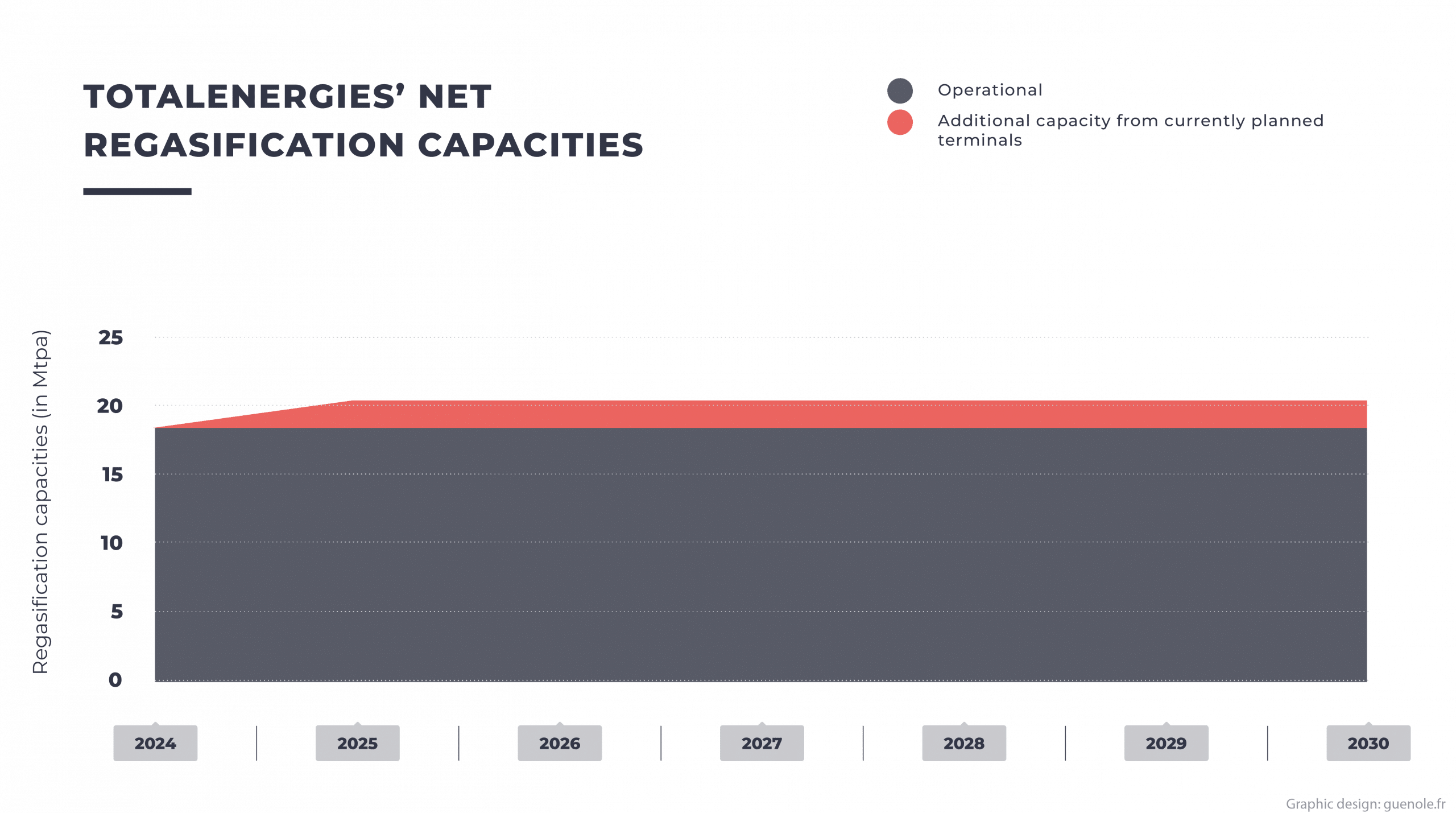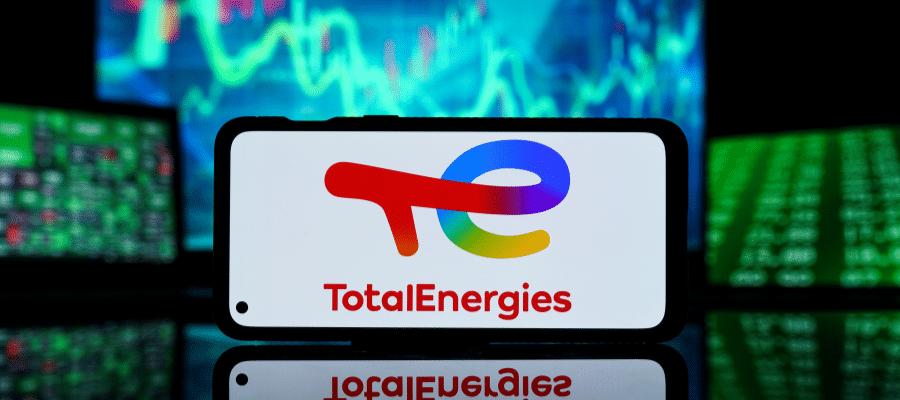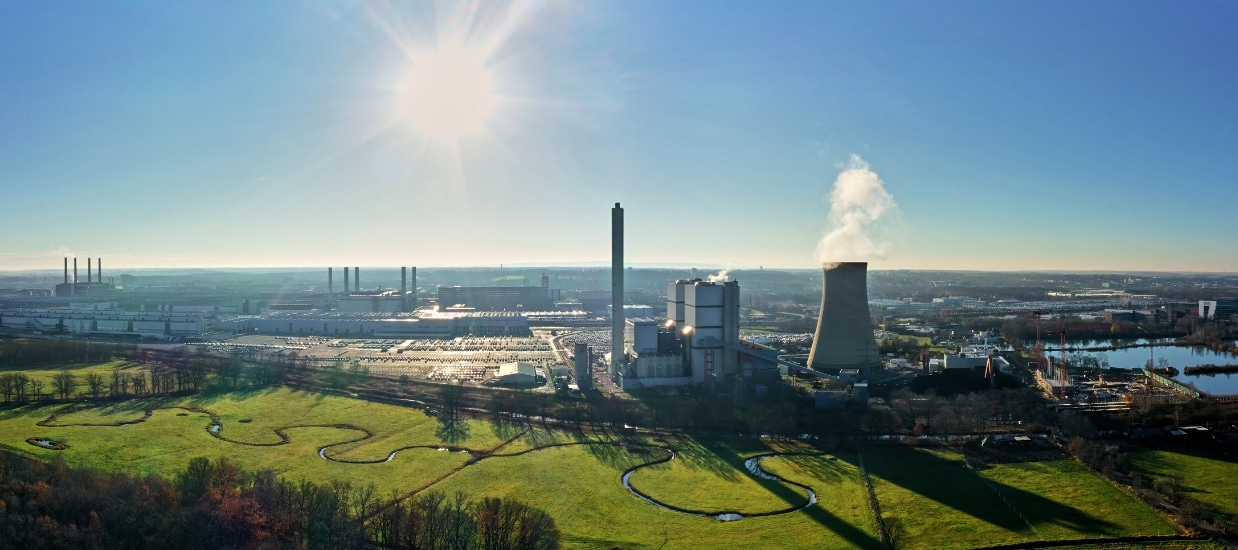Assessment of oil and gas
companies’ climate strategy
12 of the largest publicly listed integrated oil and gas companies in Europe and the United States, along with national oil and gas companies (NOC), accounted for a huge 28.7% of global production in 2022, 39.1% of near-term exploration and production expansion plans, and 16.5% of liquefaction terminal expansion plans.
While a growing number of institutions are disengaging from the oil and gas sector, deeming it incapable of transformation, others believe that oil and gas companies are essential to the energy transition, and that their support is indispensable to the massive development of renewable energies. But what is the actual situation? To what extent do these companies contribute to the development of sustainable solutions? Given that we can’t limit global warming to 1.5°C without gradually reducing hydrocarbon production, have these companies given up on developing new oil and gas projects?
These are the kind of questions we bring to the table to help financial institutions assess the credibility of oil and gas companies’ climate action and adapt their financing, investment and stewardship strategies accordingly.
Reclaim Finance analyzed the climate strategies of the top European and US listed oil and gas companies, as well as the largest national oil companies. We selected several key indicators to assess whether the efforts undertaken by the companies are sufficient to reduce greenhouse gas emissions and limit global warming to 1.5°C.
We cover three key questions:
- What are the company’s investment choices?
- What are its production and greenhouse gas emissions targets?
- What diversification actions is the company really undertaking?
Read about the main conclusions of our analysis and download a detailed briefing specific to each of the 12 oil and gas companies below. For your convenience, a glossary is available here.
methodology
Given the importance of cutting greenhouse gas emissions within the current decade, our analysis focuses on corporate targets for 2030.
The International Energy Agency’s (IEA) Net Zero Emissions by 2050 Scenario (NZE), which is based on a 1.5°C trajectory, was chosen as the main reference scenario. This scenario models:
- A drop in oil and gas production of 21% and 18% respectively by 2030, compared with 2022 levels.
- A halt to the development of new oil and gas fields and liquefied natural gas (LNG) terminals.
- A 67% increase in total annual investment in energy, with a 2.3-fold increase in annual investment in energy transition, covering clean energy supply, end-use and energy efficiency. This would mean investing ten dollars in the transition by 2030, six in energy supply – primarily power – for every dollar invested in fossil fuels, i.e. a 6:1 ratio.
Our analysis puts the 12 oil and gas companies’ projections into perspective against the NZE, as well as the IEA’s Announced Pledges Scenario (APS), which follows a 2°C trajectory.
key findings
None of the climate strategies are aligned with a 1.5°C scenario.
Analysis of the climate strategies of these 12 oil and gas companies in relation to the NZE scenario shows that their investments, production plans and diversification strategies do not enable them to follow a 1.5°C trajectory.
No halt to oil and gas expansion.
None of the companies have committed to stop oil and gas expansion, contrary to IEA projections and UN recommendations.
High distributions to shareholders.
Insufficient investment in sustainable energy.
Investments in 2022 in renewable energy remain well below those in fossil fuels. U.S. companies are not reporting any investment in sustainable energy.
An energy mix in 2030 based on fossil fuels.
All of them forecast an energy mix in 2030 that would still include between 78% and more than 99% fossil fuels.
Exceeding the 1.5°C carbon budget in 2030.
All of them will emit more greenhouse gases in 2030 than allowed in a 1.5°C scenario.
Misleading diversification.
Climate strategies analysis
ADNOC’s investment strategy
The state-owned Emirati national oil company continues to rely heavily on oil and gas:
- Over the past 3 years, US$20 million were invested in oil and gas exploration.
- It lacks transparency on its past and current investments in oil and gas.
on its past and current investments in oil and gas. - ADNOC continues to rely heavily on oil and gas with only 10% of its 2023-2027 overall CAPEX being devoted to low-carbon activities, that include renewable power.
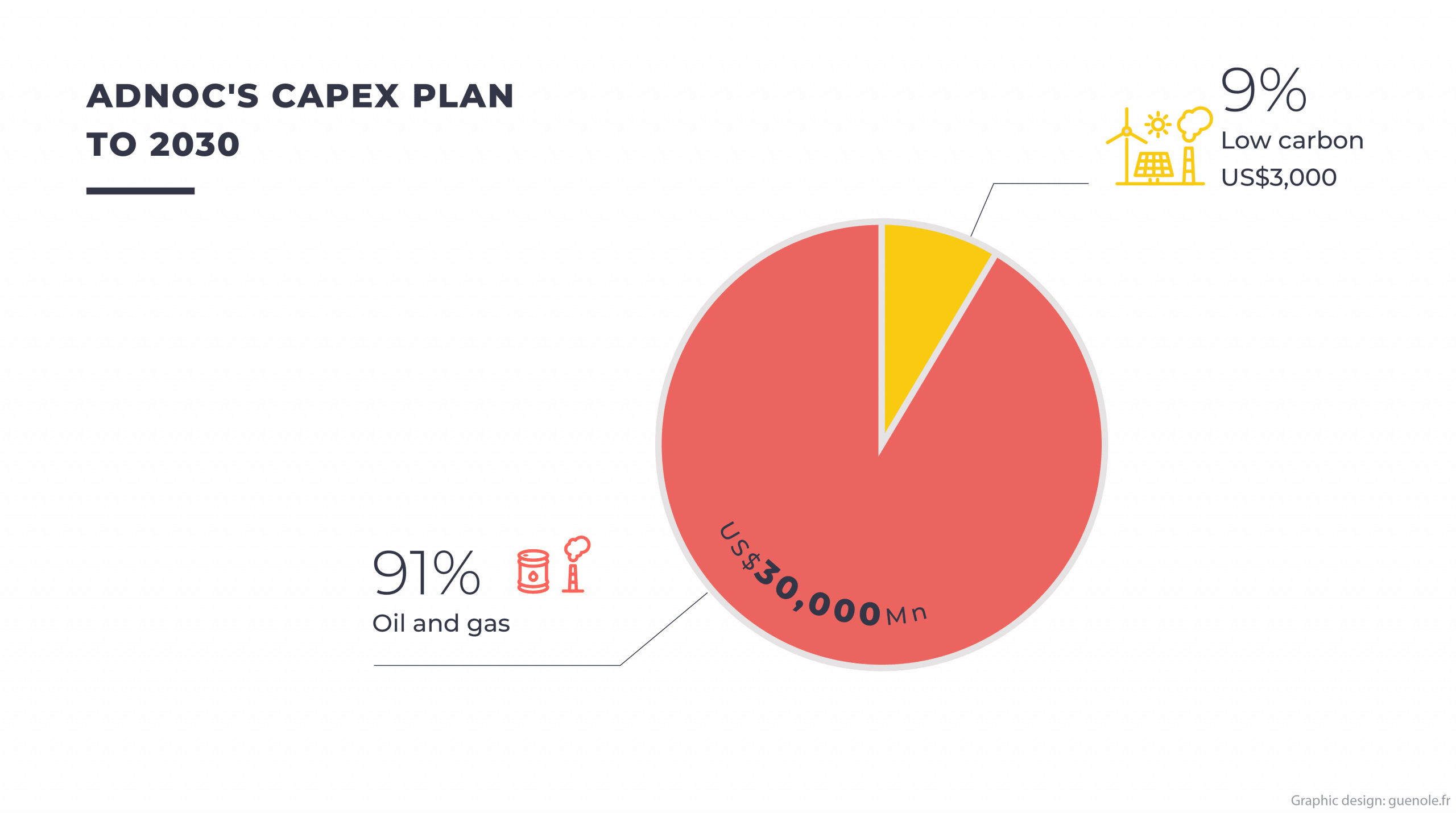
ADNOC’s fossil fuel production plan
ADNOC has made no commitment to stop developing new oil and gas projects. The company is the 5th biggest oil and gas upstream developer worldwide. ADNOC is the company that has the highest absolute short-term expansion overshooting the NZE.
With its current production and short-term expansion plans, ADNOC’s production in 2030 will be 20% higher than the NZE.
ADNOC is primarily an oil-focused company, oil representing 98% of its current fossil production. The NOC plans to increase its crude oil production capacity by 25% between 2020 and 2027. At full capacity, 2030 production for oil and gas will be 168% above NZE alignment.
ADNOC gas strategy relies on LNG with construction plans of new LNG export and import terminals. By 2030, ADNOC’s net liquefaction capacity will be multiplied by 3.3x to 14 Mtpa, overshooting the NZE.
ADNOC’s diversification strategy
The company’s business model will continue to be based on oil extraction in the coming years. Diversification in other energies will keep representing a minority share of its future production and will sometimes involve activities that are harmful to the environment.
ADNOC detains 24% of Masdar, a renewable energy company, and does not communicate on other renewable capacity. Through Masdar, ADNOC’s renewable capacity could reach 24 GW by 2030. Therefore, renewable power will represent less than 7% of ADNOC’s 2030 energy production mix.
The company also intends to diversify into fossil-based activities, such as hydrogen and blue ammonia. The production process of blue ammonia uses gas with carbon capture and storage. ADNOC plans to produce directly 1 Mtpa of blue ammonia by 2025 and plans a net production of 240,000 tons of green hydrogen in 2030 through Masdar.
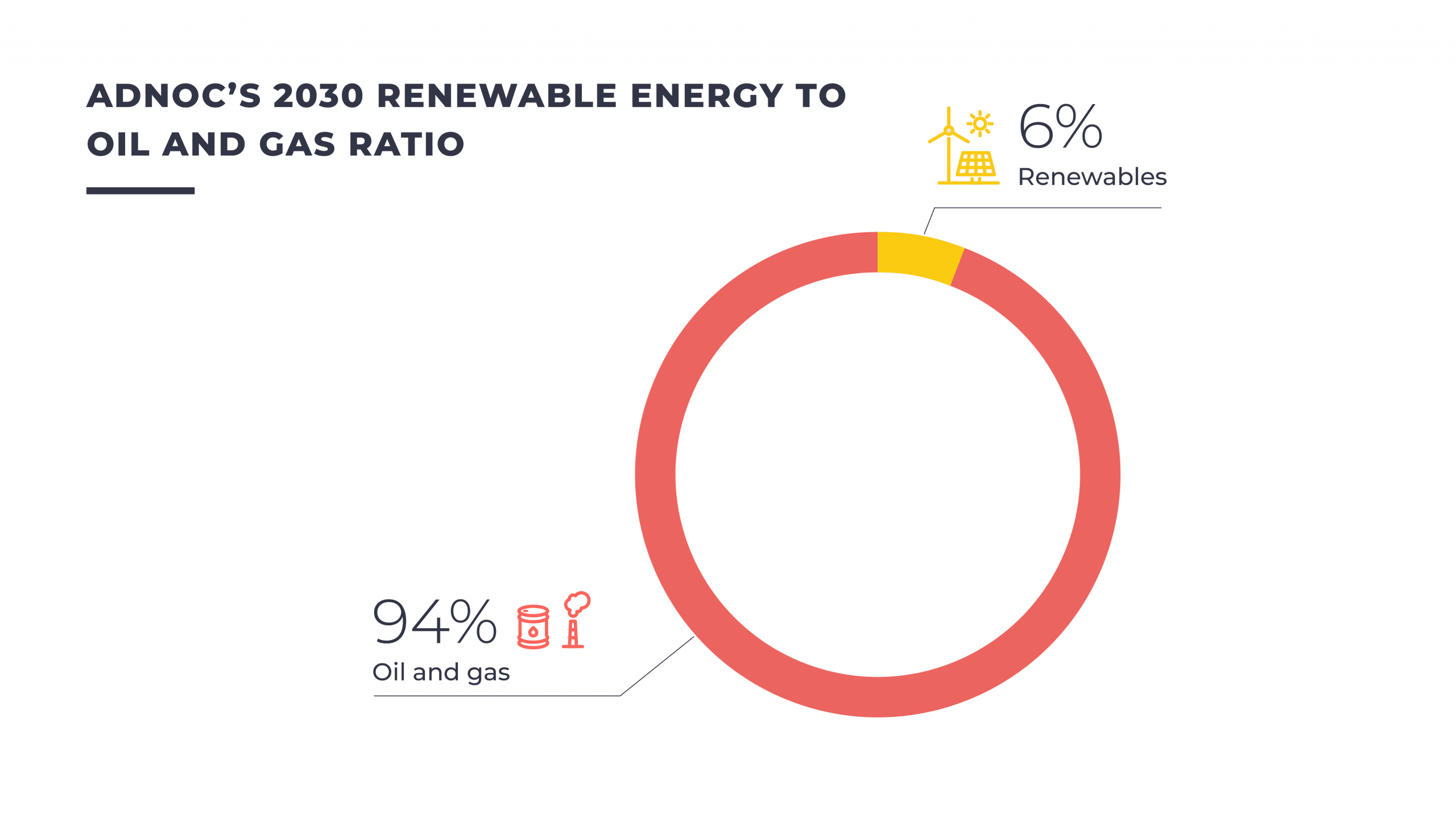
BP’s investment strategy
The British company’s investment strategy continues to rely heavily on oil and gas:
- Over the past 3 years, US$858 million were invested in oil and gas exploration.
- In 2023, US$14.6 billion were invested in oil and gas exploration and production, and US$13 billion were distributed to shareholders, compared with just US$1.3 billion invested in its “low-carbon energy” activities, which includes renewable energies as well as gas power.
- From 2024 to 2030, BP plans to invest US$9.3 billion per year in oil and gas. It represents 2.3x more investment than in low carbon.
BP’s fossil fuel production plan
BP has made no commitment to stop developing new oil and gas projects. The company is the 18th largest oil and gas field developer worldwide and the 44th largest liquefaction terminal developer.
In 2023, BP reconsidered its oil and gas production reduction target along with the weakening of its carbon intensity targets. BP now plans to decrease its production by 25% by 2030 compared to 2019 levels. With this target, BP’s 2030 production will be 26% above the level required by the NZE.
BP’s 2030 oil and gas extraction will represent 1.7% of the global hydrocarbon production projected in the NZE.
BP is also constructing new liquefied natural gas export and import terminals. With its expansion strategy, BP’s 2030 liquefaction capacity will overshoot by 10% the level required by the NZE.
BP’s diversification strategy
The company’s business model will continue to be based on oil and gas extraction and LNG in the coming years. Diversification in other energies will keep representing a minority share of its future production and will sometimes involve activities that are harmful to the environment.
BP will have an installed renewable energy capacity of 10 GW by 2030. BP will produce 23x more energy from oil and gas extraction than from renewables then. Overall, BP will represent 0.1% of global renewable energy production in 2030, according to production level of the NZE.
Hydrogen will remain marginal in 2030. With 0.8 GWe installed capacity in 2030 – potentially based on fossil fuels – hydrogen production will remain lower than its 2030 renewable power generation.
The company intends to diversify into other fossil fuel activities, such as gas power generation. BP is developing new gas plants but lacks transparency on its current and future production and capacities.
BP’s strategy for 2030 also relies on energies that are harmful to the environment, such as bioenergy. BP will produce 1.7x more bioenergy than renewable energy by 2030.
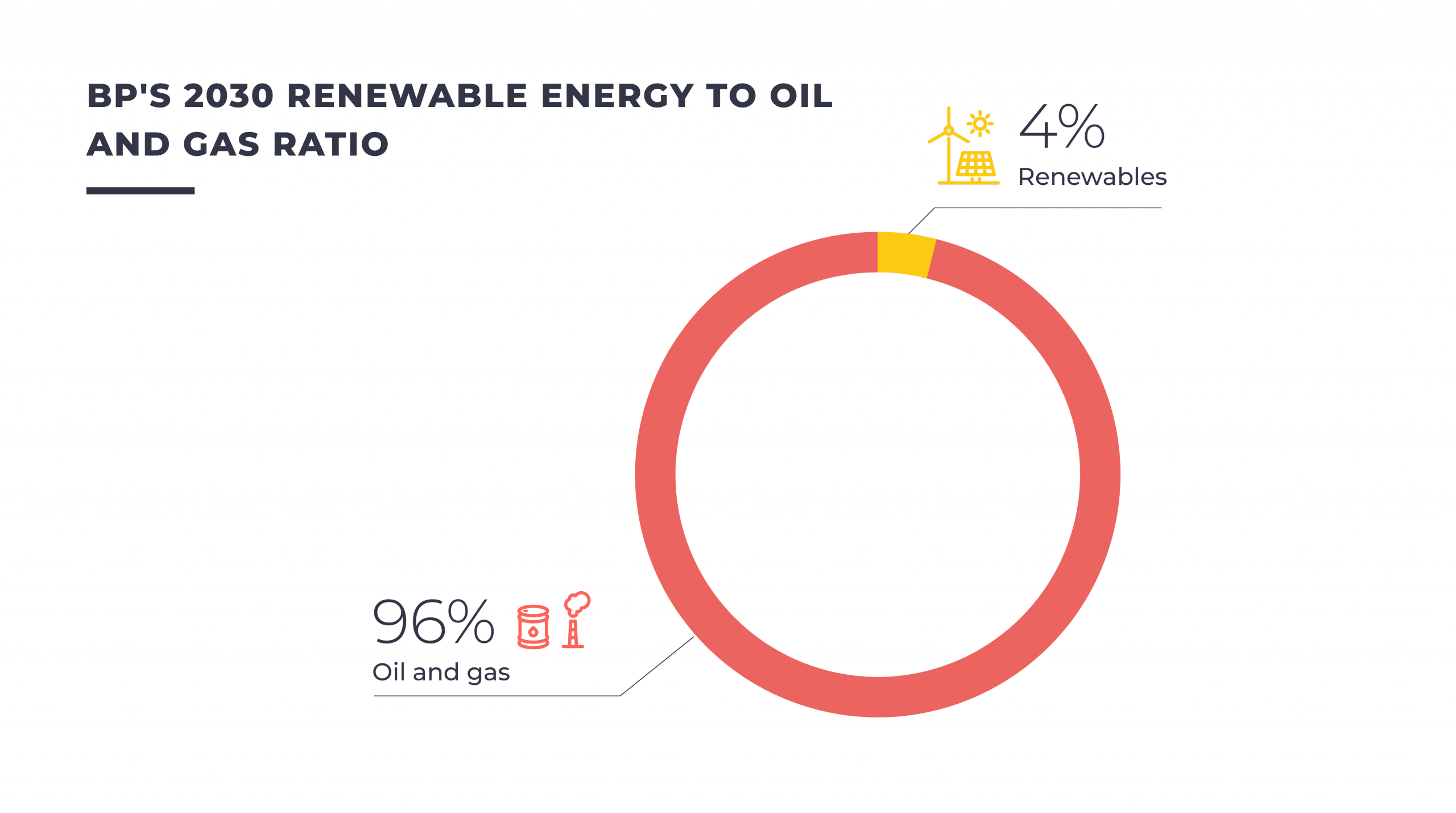
Chevron’s investment strategy
The American company’s investment strategy continues to rely heavily on oil and gas:
- Over the past 3 years, US$1.0 billion was invested in oil and gas exploration.
- In 2023, US$13.7 billion were invested in oil and gas exploration and production, and US$26.0 billion were distributed to shareholders, without the company communicating its investments in sustainable energies.
- Between 2023 and 2027, Chevron plans to invest US$14.0 billion per year in oil and gas and does not communicate its plans for investment in renewable energies.
Chevron’s fossil fuel production plan
Chevron has made no commitment to stop developing new oil and gas projects. The company is the 10th largest upstream developer worldwide and the 71st largest LNG export terminal developer.
Chevron plans to increase oil and gas production by 3% a year by 2027. If it meets its 2027 target, and assuming a plateau beyond, the company’s production will be 24% above the level required by the NZE.
Chevron’s 2030 oil and gas extraction will represent 2.9% of the global hydrocarbon production projected in the NZE.
Chevron’s strategy also relies on liquefied natural gas, with the development of new export terminals currently planned. With its expansion strategy, Chevron’s net liquefaction capacity will reach 9.8 Mtpa and overshoot by 11.6% the level required by the NZE.
Chevron’s diversification strategy
The company’s business model will continue to be based on oil and gas extraction and LNG in the coming years. The company’s diversification in renewable energy is almost non-existent, and mainly takes the form of activities that are harmful to the environment.
Chevron plans to increase its low carbon hydrogen production capacity to 150 Mtpa by 2030. Chevron does not communicate on its hydrogen production process. However, Chevron does not report any installed renewable power capacity and highlights its hydrogen production issued using natural gas with carbon capture, utilization and storage.
The company intends to diversify into other fossil activities, such as gas power. Chevron is involved in 7 gas plants in operation and is developing 2 new gas plants, with a total capacity of 1.4 GW.
Chevron’s strategy also relies on energies that are harmful to the environment, such as bioenergy. The company plans to produce 100,000 barrels per day of biofuels by 2030.
Equinor’s investment strategy
The Norwegian company’s investment strategy continues to rely heavily on oil and gas:
- Over the past 3 years, US$1.1 billion were invested in oil and gas exploration.
- In 2023, US$11.5 billion were invested in oil and gas exploration and production, and US$16.5 billion were distributed to shareholders, compared with just US$2.0 billion invested in its “renewables and low carbon solutions” branch, which includes renewable energies as well as hydrogen and gas power.
- Equinor aims to invest 30% of its gross investments in its low-carbon business by 2025 and 50% by 2030. On average, from 2024 to 2030, 62% of the company’s gross investments will still be dedicated to oil and gas.
Equinor’s fossil fuel production plan
Equinor has made no commitment to stop developing new oil and gas projects beyond those already under development or under evaluation. The company ranks 16th among the world’s largest oil and gas field developers.
Equinor plans to lower its oil and gas production to 2 million barrels of oil equivalent per day by 2030. If it meets this target, the company’s production will be 61% above the level required by the NZE.
Equinor’s 2030 oil and gas extraction will represent 1.7% of the global hydrocarbon production projected in the NZE.
Equinor also plans to develop its first LNG capacities with export terminals of 5.2 Mtpa. These new capacities are not aligned with the NZE.
Equinor’s diversification strategy
The company’s business model will continue to be based on oil and gas extraction and LNG in the coming years. Diversification remains marginal, and sometimes involves activities that are harmful to the environment.
Equinor will have an installed renewable energy capacity of 15 GW by 2030.If Equinor meets its targets, its energy production from renewable energy sources will still be 10.6 times lower than its energy production from oil and gas. With its current target, renewable power production will represent 0.2% of the 2030 global renewable production projected in the NZE.”
Equinor develops new hydrogen capacities but lacks transparency on its current and future capacity as well as on the hydrogen’s origin
The company also intends to reinforce fossil activities, such as gas power generation. It plans to develop 450 MW of new gas plants by 2030, representing an 80% increase to its 2023 capacities.
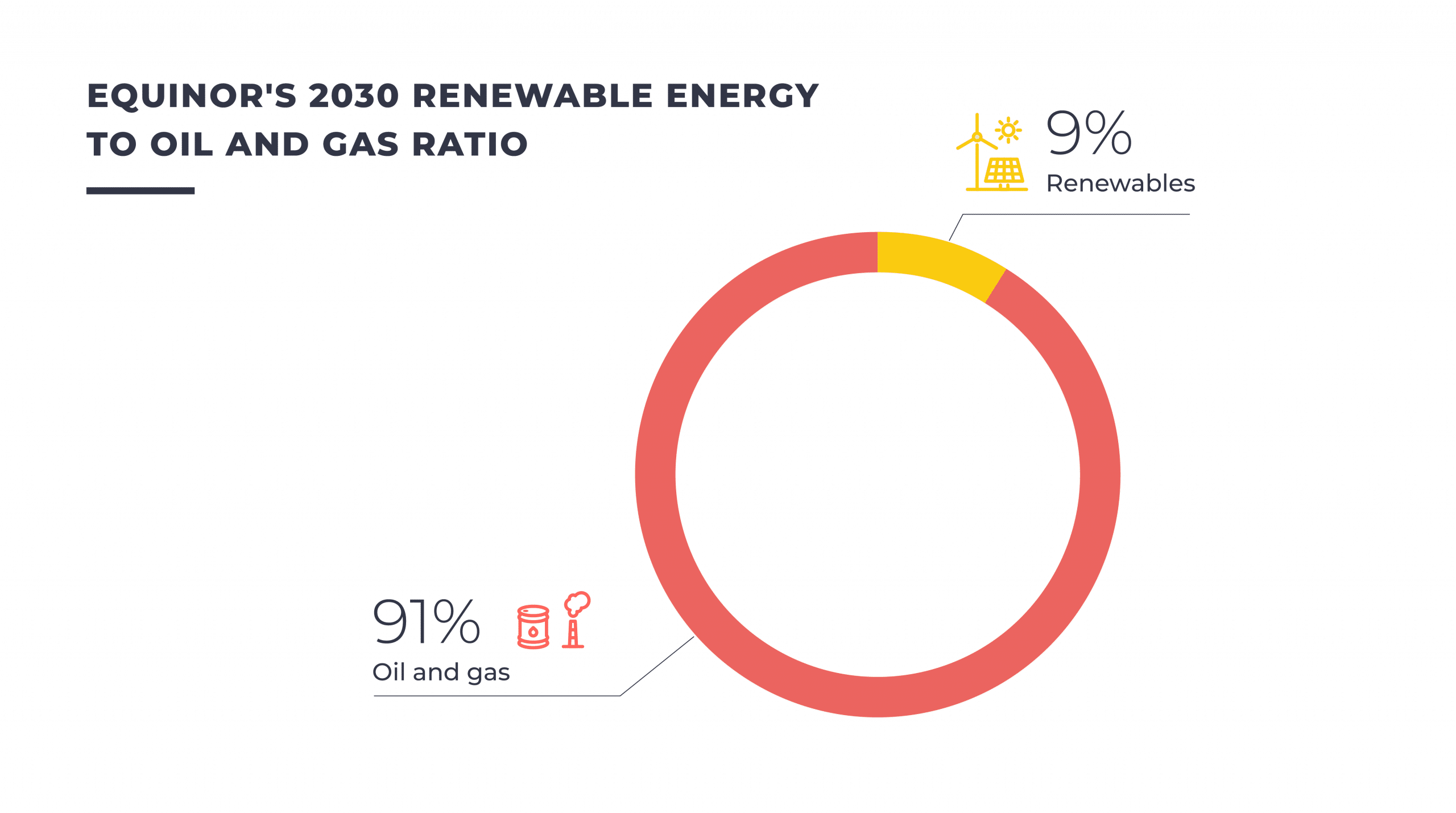
Eni’s investment strategy
The Italian company’s investment strategy continues to rely heavily on oil and gas:
- Over the past 3 years, US$1.2 billion was invested in oil and gas exploration.
- In 2023, €1.2 billion were invested in oil and gas exploration and production and €4.9 billion were distributed to shareholders, compared with just €0.6 billion invested in its “Plenitude” business – that includes renewable energy.
- From 2024 to 2027, Eni plans to invest €8.75 billion per year, including 1.4 billion in renewable power. Renewable will only represent 16% of Eni’s coming investments.
Eni’s fossil fuel production plan
Eni has made no commitment to stop developing new oil and gas projects. The company is the 15th largest upstream developer worldwide and the 26th largest liquefaction terminal developer.
Eni plans to increase its oil and gas production by 3 to 4% per year on average to 2027. If it meets this target and maintains its production at plateau, the company’s production will be 73% above the level required by the NZE.
Eni’s 2030 oil and gas extraction will represent 1.5% of the global hydrocarbon production projected in the NZE. It will represent 86.0% of the company’s future energy mix.
LNG is core to Eni’s strategy with new export terminals planned. With its expansion strategy, Eni’s net liquefaction capacity will increase to 16 Mtpa by 2030 and will overshoot by 100% the level required by the NZE.
Eni’s diversification strategy
The company’s business model will continue to be based on oil and gas extraction in the coming years. Diversification in other energies will keep representing a minority share of its future production and will sometimes involve activities that are harmful to the environment.
Eni will have an installed renewable energy capacity of 15 GW by 2030. With its current target, renewable power production will represent 0.1% of the 2030 global renewable production projected in the NZE. Renewables will represent 6% of Eni’s 2030 energy mix.
Eni lacks transparency on its current and future hydrogen production. Eni plans to develop blue hydrogen by 2030, produced using gas with carbon capture and storage.
The company also intends to reinforce fossil fuel activities, such as gas power. Eni is constructing 2 new gas plants. Gas power will represent 4% of its energy mix.
Eni’s strategy also relies on energies that are harmful to the environment, such as bioenergy. Eni aims to increase its biofuels production, including Sustainable Aviation Fuel (SAF). With its current targets, SAF and biogas will account for 4% of Eni’s energy mix by 2030.
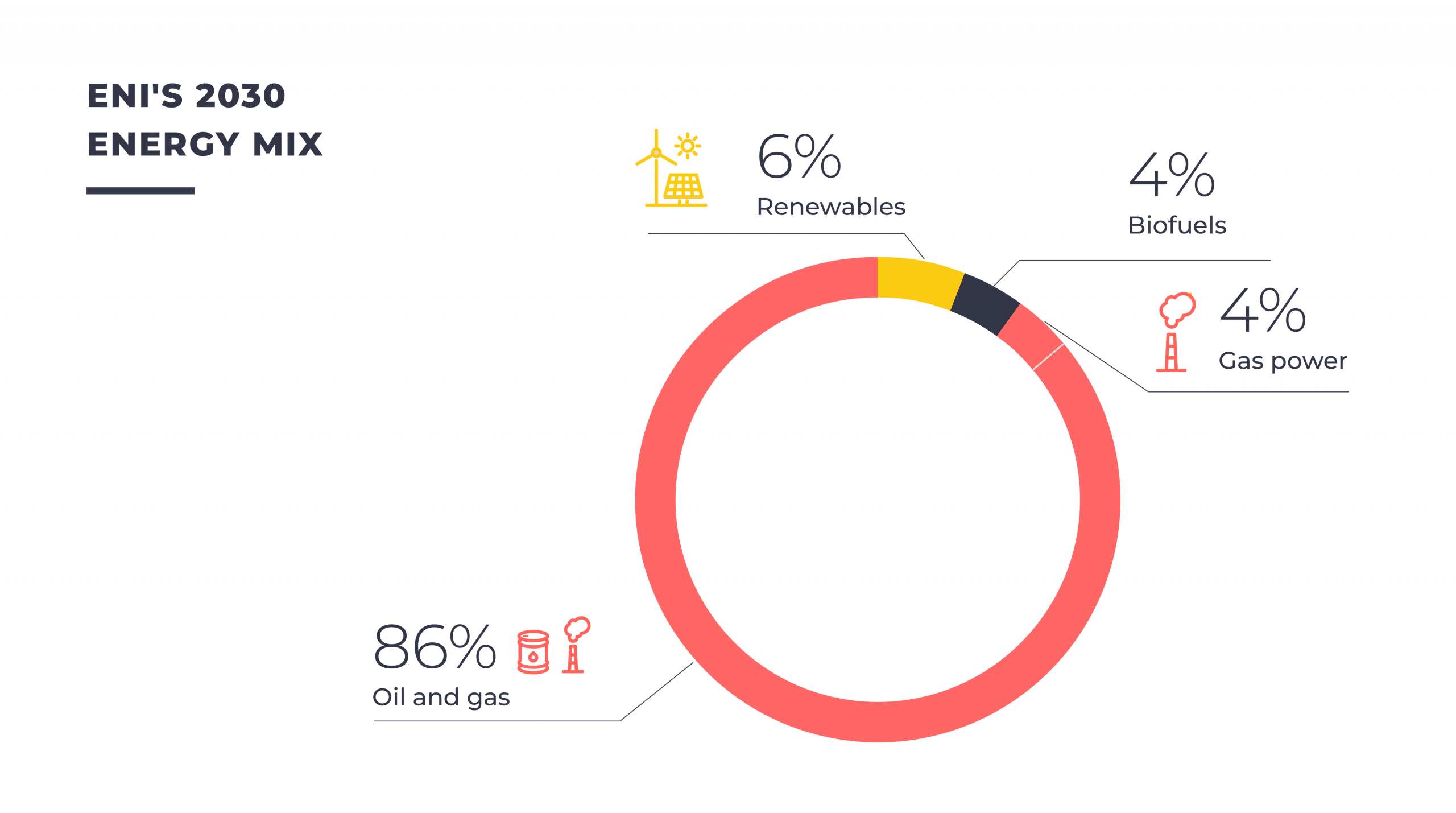
ExxonMobil’s investment strategy
The American company’s investment strategy continues to rely heavily on oil and gas:
- Over the past 3 years, US$1.4 billion was invested in oil and gas exploration.
- In 2023, US$19.8 billion were invested in oil and gas exploration and production, and US$33.2 billion were distributed to shareholders. ExxonMobil does not report any investment in sustainable energies.
- Between 2022 and 2027, ExxonMobil plans to invest US$22.5 billion per year in oil and gas and does not report any investment planned in renewable energies.
ExxonMobil’s fossil fuel production plan
ExxonMobil has made no commitment to stop developing new oil and gas projects. The company is the 7th largest upstream developer worldwide and the 17th largest LNG export terminal developer.
ExxonMobil plans to increase oil and gas production to 4.2 millions barrel oil equivalent per day by 2027. If it meets this target, and assuming a constant production from 2027 to 2030, the company’s production will be 36% above the level required by the NZE.
ExxonMobil’s 2030 oil and gas extraction will represent 3.5% of the global hydrocarbon production projected in the NZE.
ExxonMobil’s strategy also relies on liquefied natural gas, with the development of new export terminals currently planned. With its expansion strategy, ExxonMobil’s net liquefaction capacity will reach 35.6 Mtpa and overshoot by 65% the level required by the NZE.
ExxonMobil’s diversification strategy
The company’s business model will continue to be based on oil and gas extraction and LNG in the coming years. The company’s reported diversification is non-existent in renewable energies, and often happens in activities that are harmful to the environment.
ExxonMobil plans to increase its low carbon hydrogen production. However, ExxonMobil does not report any renewable power capacity and highlights its hydrogen production issued using natural gas with carbon capture, utilization and storage.
The company intends to reinforce other fossil activities, such as gas power. ExxonMobil is involved in 14 gas plants in operation and is developing one new gas plant, with a total capacity of 650 MW.
ExxonMobil is also involved in environmentally harmful energies such as bioenergy. ExxonMobil plans to produce 40,000 barrels per day of biofuels in 2025 and to produce 5x more biofuels in 2030.
Petrobras’ investment strategy
The Brazilian company’s investment strategy continues to rely heavily on oil and gas:
- Over the past 3 years, US$0.7 billion were invested in oil and gas exploration.
- Petrobras does not report any past or future investment in renewable energy.
- 83% of its 2023-2027 investment plan is dedicated to upstream oil and gas.
Petrobras’ fossil fuel production plan
Petrobras has made no commitment to stop developing new oil and gas projects. The company is the 4th largest upstream developer worldwide.
With its current production and short-term expansion plans, Petrobras’ production level will be 50% higher than the NZE.
The NOC plans to increase by 2027 its oil production by 19% to 2.5 million barrels of oil per day and its gas production by 50% to 0.3 million barrels oil equivalent. Due to large oil discoveries in the pre-salt basin, Petrobras’ production target is outdated and lower than production from already committed plans. Even with its current target, and if the company maintains its production at plateau beyond 2027, Petrobras’ production would still overshot the NZE by 26% in 2030.
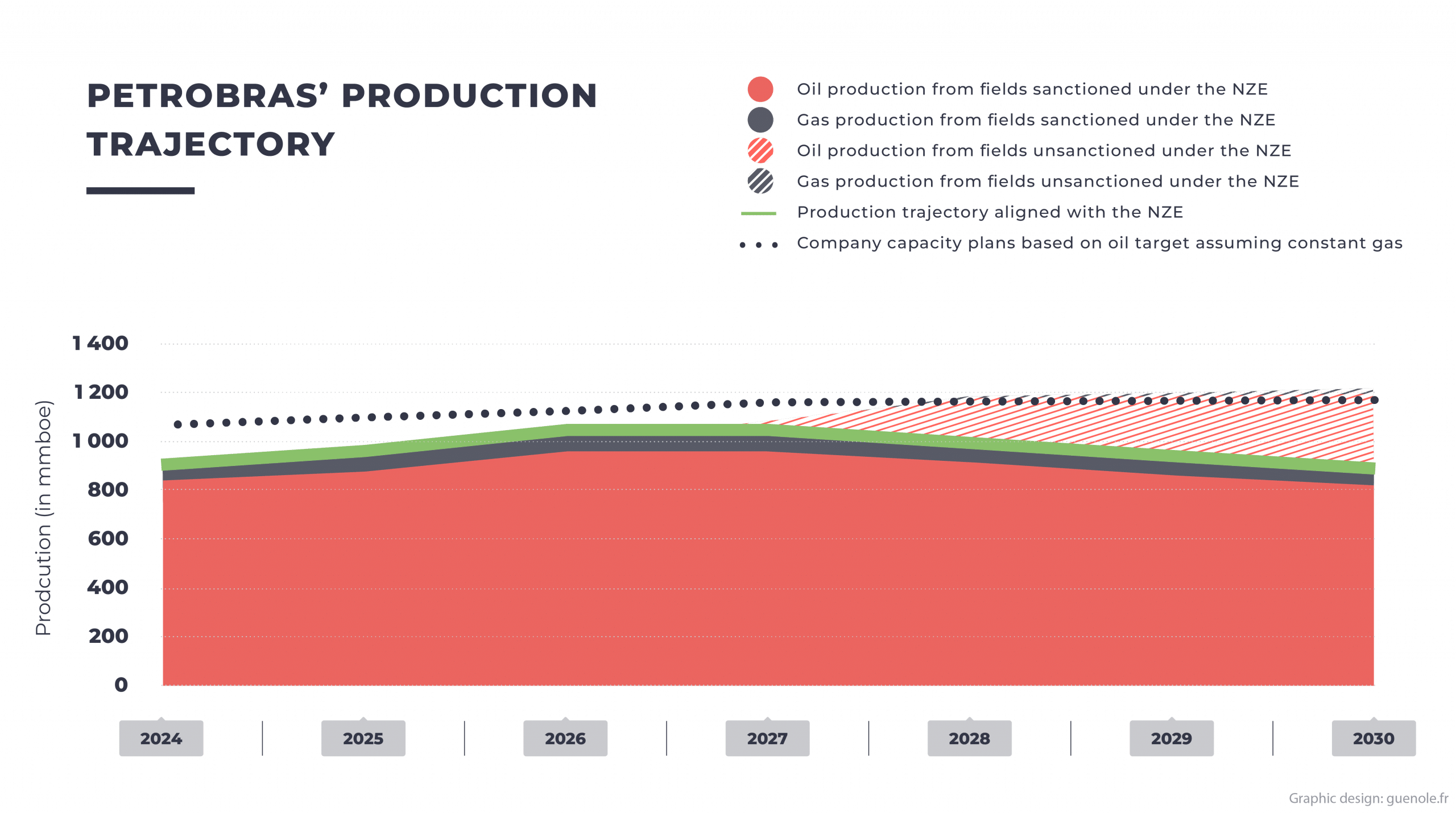
Petrobras’ diversification strategy
The company’s business model will continue to be based on oil extraction in the coming years. Diversification in other energies will remain marginal.
Petrobras does not communicate on renewable energy and hydrogen future capacities. It only defines offshore wind and hydrogen as prospective business, without setting any target.
QatarEnergy’s investment strategy
The state-owned Qatari company’s investment strategy continues to rely heavily on oil and gas:
- Over the past 3 years, US$0.3 billion was invested in oil and gas exploration.
- QatarEnergy lacks transparency on its past and future investment strategy. In its US$82.5 billion 2021-2025 CAPEX plan, QatarEnergy does not report investments dedicated to renewable power generation.
QatarEnergy’s fossil fuel production plan
QatarEnergy has made no commitment to stop developing new oil and gas projects. The company is the 2nd largest upstream developer worldwide and the 3rd largest liquefaction terminal developer.
With its current production and short-term expansion plans, QatarEnergy’s production level will be 20% higher than the NZE.
The NOC does not communicate on any oil and gas production target. LNG is core to QatarEnergy’s strategy with new export and import terminals planned. With its expansion strategy, QatarEnergy’s net liquefaction capacity will increase by 88% to 99 Mtpa by 2030, overshooting the level required by the NZE.
QatarEnergy’s diversification strategy
The company’s business model will continue to be based on oil and gas extraction in the coming years. Diversification in other energies will keep representing a minority share of its future production.
QatarEnergy plans a net renewable capacity of 2-4 GW by 2030. Renewable power will represent less than 1 % of QatarEnergy’s 2030 energy production mix.
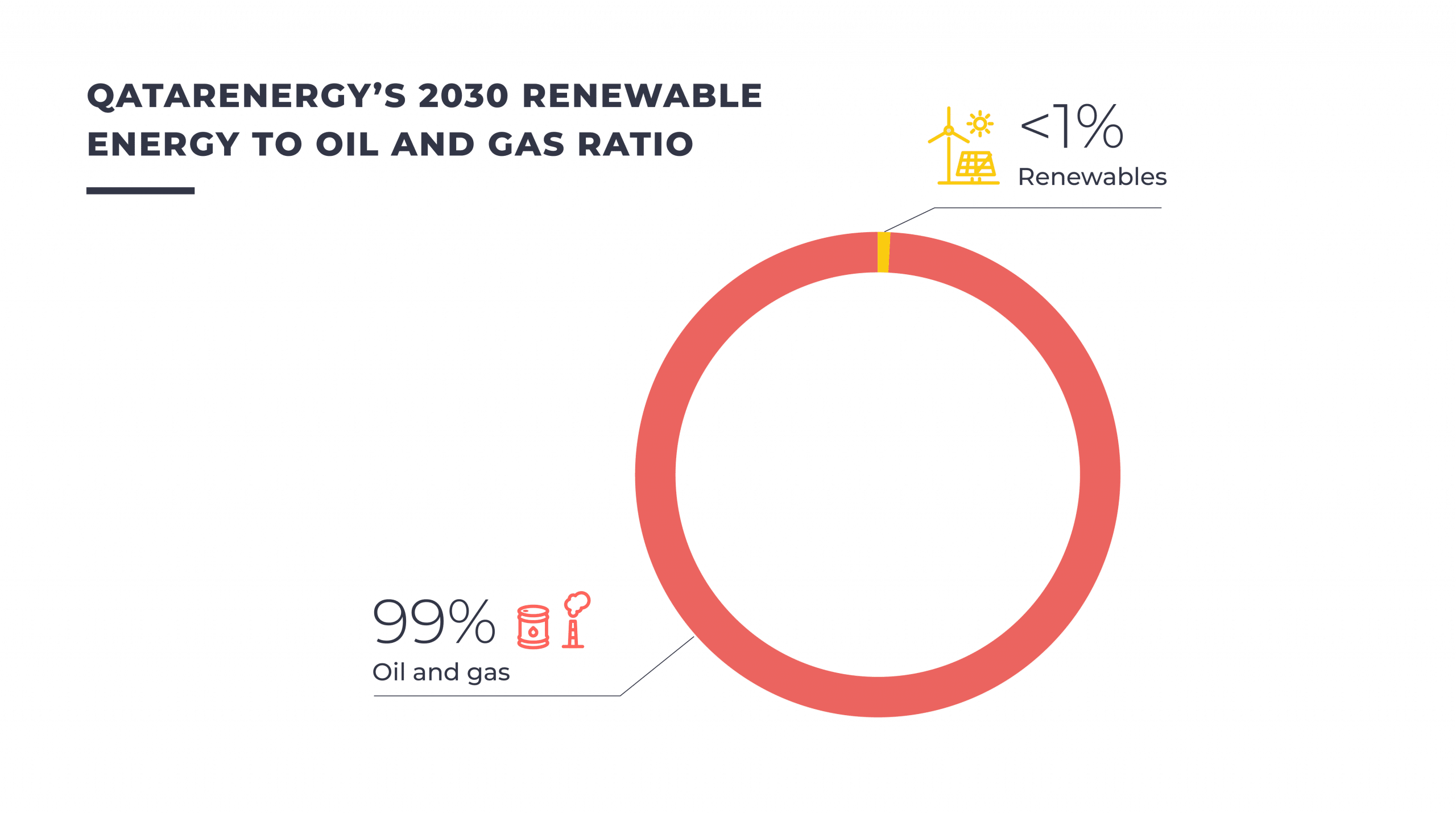
Repsol’s investment strategy
The Spanish company’s investment strategy continues to rely heavily on oil and gas:
- Over the past 3 years, US$253 million were invested in oil and gas exploration.
- In 2023, €2.6 billion were invested in oil and gas exploration and production, and €2.4 billion were distributed to shareholders, compared with just €1.9 billion invested in its “low carbon generation” branch, which includes renewable energies as well as gas plants.
- From 2024 to 2027, Repsol plans to invest €2.5 billion per year in oil and gas, i.e. 2.9x more investment than in renewable energies.
Repsol’s fossil fuel production plan
Repsol has made no commitment to stop developing new oil and gas projects beyond those already under development or under evaluation. The company ranks 34th among the world’s largest oil and gas field developers.
Repsol plans to maintain its oil and gas production in a range of 550-600 thousand barrels of oil equivalent per day by 2030. If it meets this target, the company’s production will be 65% above the level required by the IEA’s NZE.
Repsol’s 2030 oil and gas extraction will represent 0.5% of the global hydrocarbon production projected in the NZE. It will represent 69.7% of Repsol’s future energy mix.
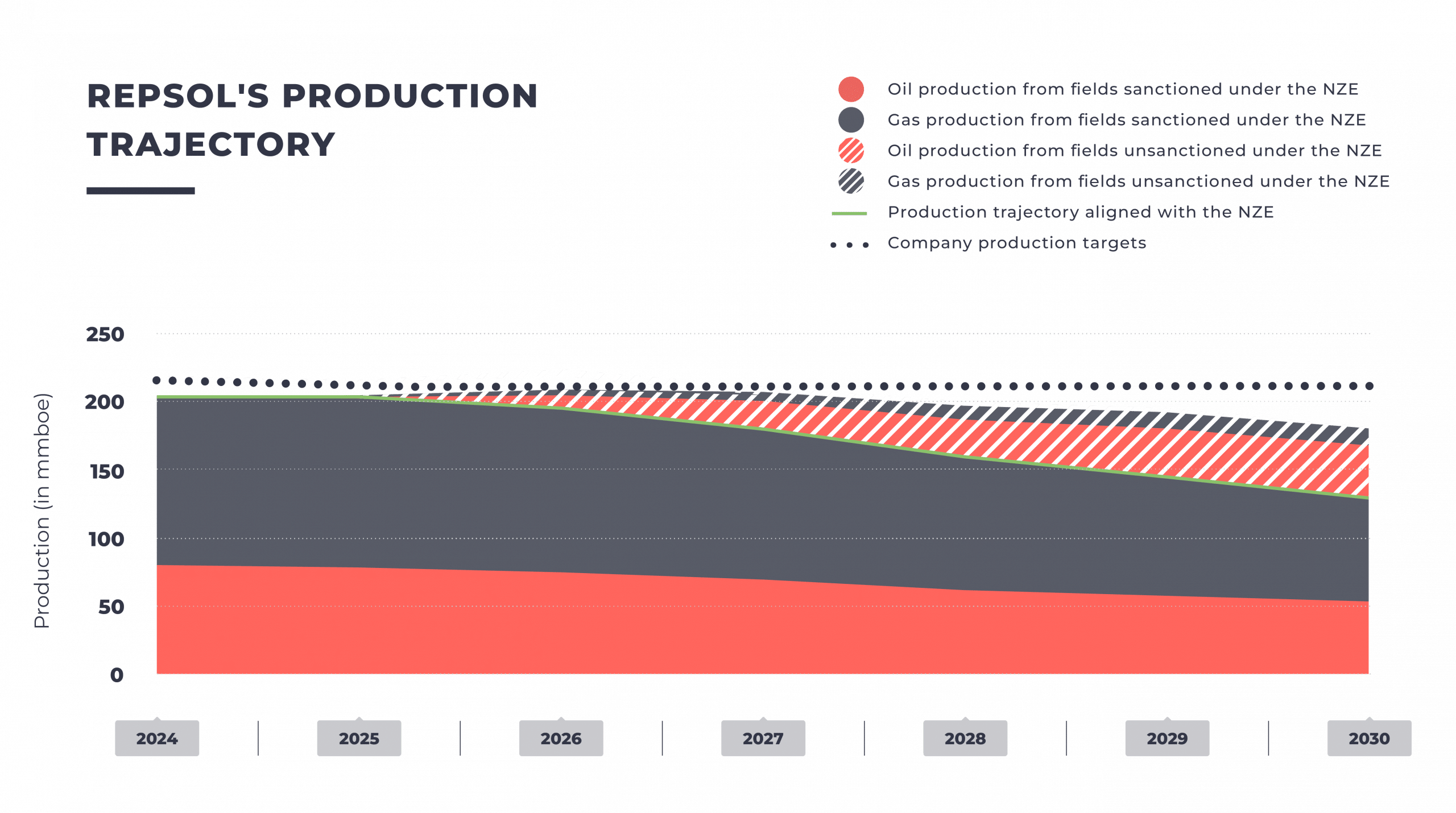
Repsol’s diversification strategy
The company’s business model will continue to be based on oil and gas extraction in the coming years. Diversification in other energies will keep representing a minority share of its future production and will sometimes involve activities that are harmful to the environment.
Repsol will have an installed renewable energy capacity of 6 GW by 2025 and 15-20 GW by 2030. With its current target, renewable power production will represent 0.2% of the 2030 global renewable production projected in the NZE. Renewables will represent 18.5% of Repsol’s 2030 energy mix
Green hydrogen will remain a small part of its energy production, with an installed capacity production of 1.9 GWe. Green hydrogen will represent 4.6% of Repsol’s 2030 energy mix.
The company also intends to diversify into activities that extend the use of fossil fuels, such as gas power generation. It plans to produce 6 TWh of electricity from gas by 2030. Gas power will represent 2.9% of its energy mix.
Repsol’s strategy also relies on energies that are harmful to the environment, such as bioenergy. With its current targets, biofuels and biogas will account for 4.4% of Repsol’s energy mix by 2030.
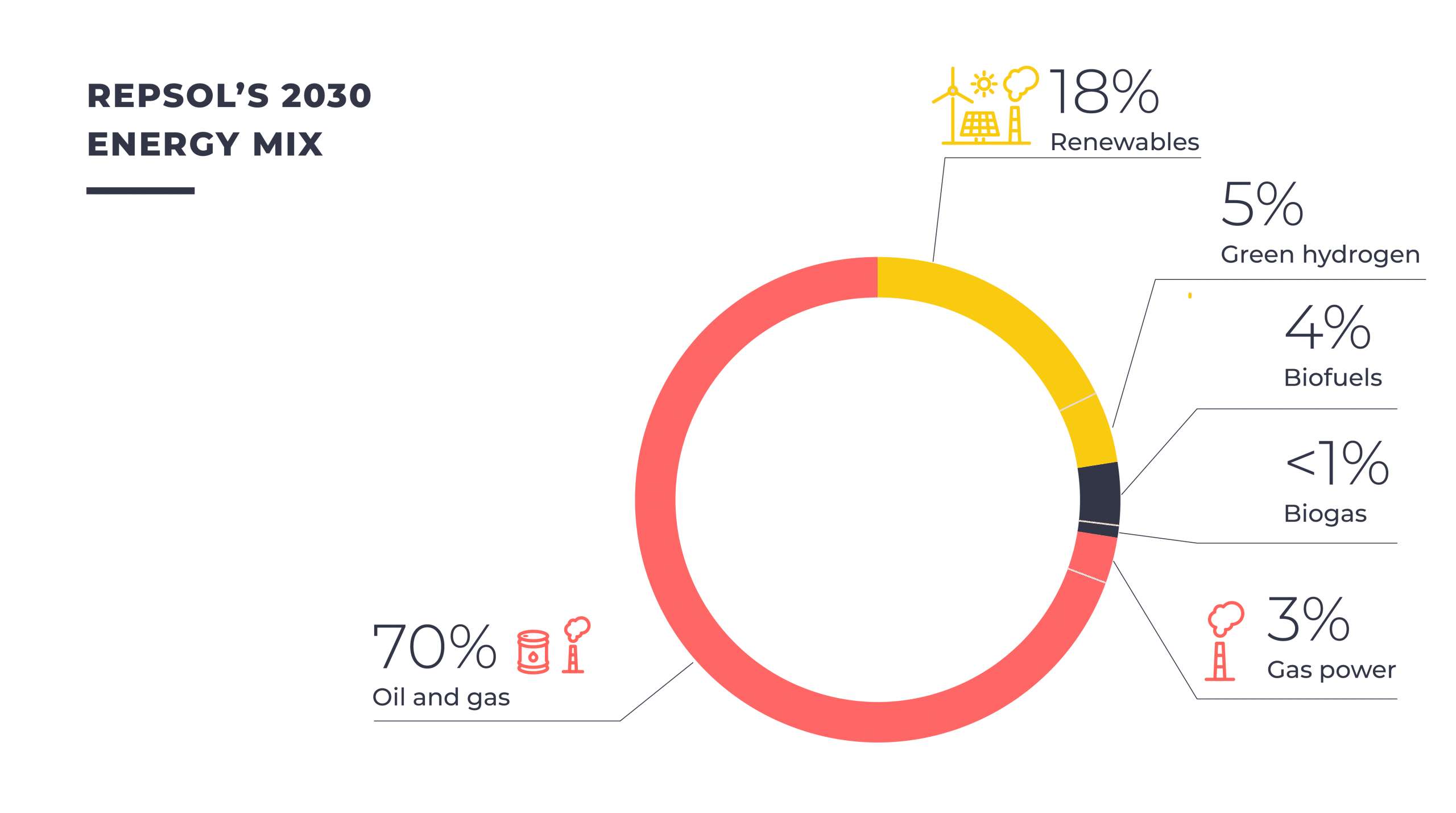
Saudi Aramco’s investment strategy
The Saudi Arabian company’s investment strategy continues to rely heavily on oil and gas:
- Over the past 3 years, US$2.8 billion were invested in oil and gas exploration.
- In 2022, 78% of Saudi Aramco’s investments were made in oil and gas exploration and production. 22% were dedicated to its downstream business, which is primarily composed of refining and chemicals and contains renewable power.
- Saudi Aramco lacks transparency on its future investment strategy.
Saudi Aramco’s fossil fuel production plan
Saudi Aramco has made no commitment to stop developing new oil and gas projects. The company is the largest upstream developer worldwide.
With its current production and short-term expansion plans, Saudi Aramco’s production level will be 6% higher than the NZE.
In 2024, Saudi Aramco updated its oil production capacity increase target and is now aiming to maintain its oil production capacity at 12 million barrels of oil per day. The company plans to increase its gas production by 50% by 2030.
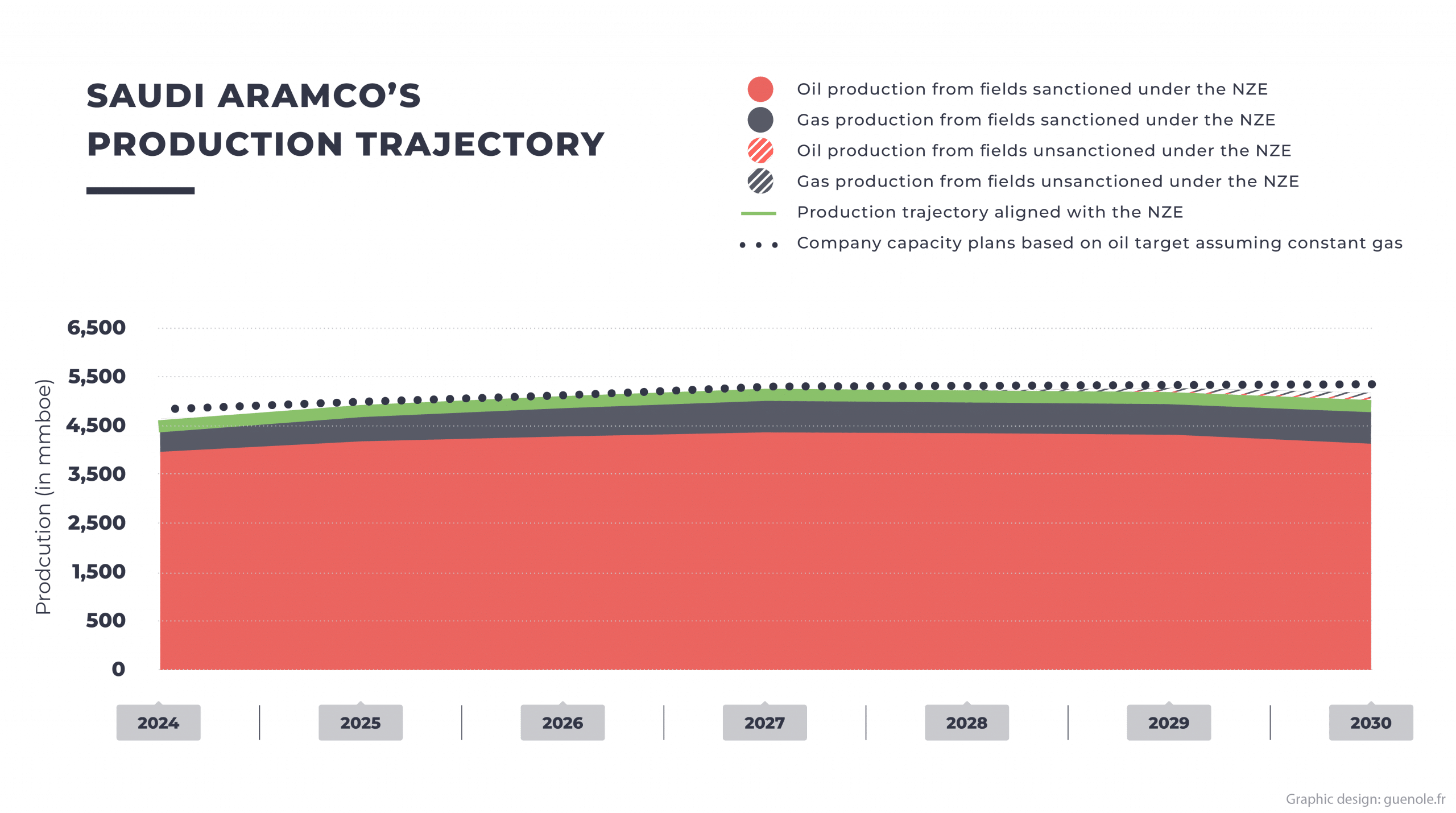
Saudi Aramco’s diversification strategy
The company’s business model will continue to be based on oil extraction in the coming years. Diversification in other energies will keep representing a minority share of its future production and will sometimes involve activities that are harmful to the environment.
Saudi Aramco plans a net renewable capacity of 12 GW by 2030. Renewable power will represent less than 1% of Saudi Aramco’s 2030 energy production mix.
The company also intends to diversify into fossil-based activities, such as blue hydrogen and blue ammonia. The production process uses gas with carbon capture and storage. The NOC intends to produce 11 Mtpa of ammonia in 2030.
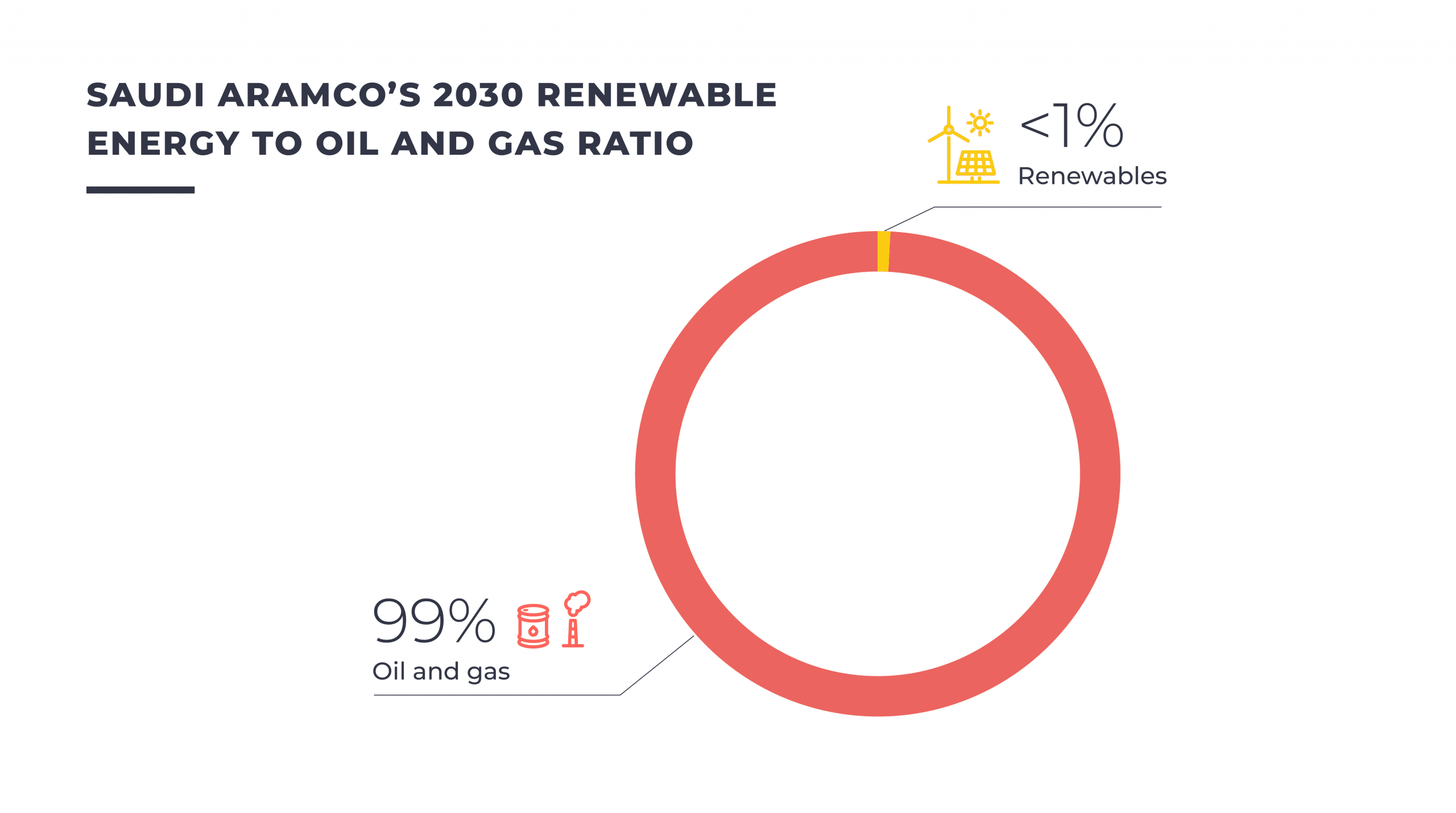
Shell’s investment strategy
The British-Dutch company’s investment strategy continues to rely heavily on oil and gas:
- Over the past 3 years, US$2.0 billion were invested in oil and gas exploration.
- In 2023, US$8.3 billion were invested in oil and gas exploration and production, and US$23.8 billion were distributed to shareholders, compared with just US$2.7 billion invested in its “Renewables and Energy Solutions” business – that includes renewable energy, hydrogen, carbon capture and storage and nature-based solutions.
- In 2024 and 2025, Shell plans to invest US$16.5 billion per year in oil and gas, i.e. 3.7x more investment than in its “Renewables and Energy Solutions” business.
Shell’s fossil fuel production plan
Shell has made no commitment to stop developing new oil and gas projects. The company is the 11th largest upstream developer worldwide and the 5th largest LNG terminal developer.
Last year, Shell reconsidered its oil production reduction target along with the weakening of its carbon intensity targets. Shell now plans to maintain its oil production and to increase gas production by 2030. If it meets this target, the company’s production will be 27% above the level required by the NZE.
Shell’s 2030 oil and gas extraction will represent 2.6% of the global hydrocarbon production projected in the NZE.
LNG is core to Shell’s strategy with new export and import terminals planned. With its expansion strategy, Shell’s net liquefaction capacity will increase to 62 Mtpa by 2030 and will overshoot by 47% the level required by the NZE.
Shell’s diversification strategy
The company’s business model will continue to be based on oil and gas extraction and LNG in the coming years. Diversification in other energies will keep representing a minority share of its future production and will sometimes involve activities that are harmful to the environment.
Shell does not communicate a target on its future renewable capacities. Its current installed and under development renewable portfolio has a capacity of 6.6 GW. Assuming these projects will be carried out, without any other portfolio change, Shell will still be producing 54x more energy with its oil and gas extraction than with its renewable capacities in 2030. The company will account for less than 0.1% of the worldwide renewable power production in the NZE.
Shell develops new hydrogen capacities but lacks transparency on its current and future capacity as well as on the hydrogen’s origin.
The company also intends to diversify into fossil-based activities, such as gas power. Shell is involved in 32 gas plants in operation and is developing 2 new gas plants, with a total capacity of 552 MW.
Shell’s strategy also relies on energies that are harmful to the environment, such as bioenergy, but does not communicate production targets for these energy sources.
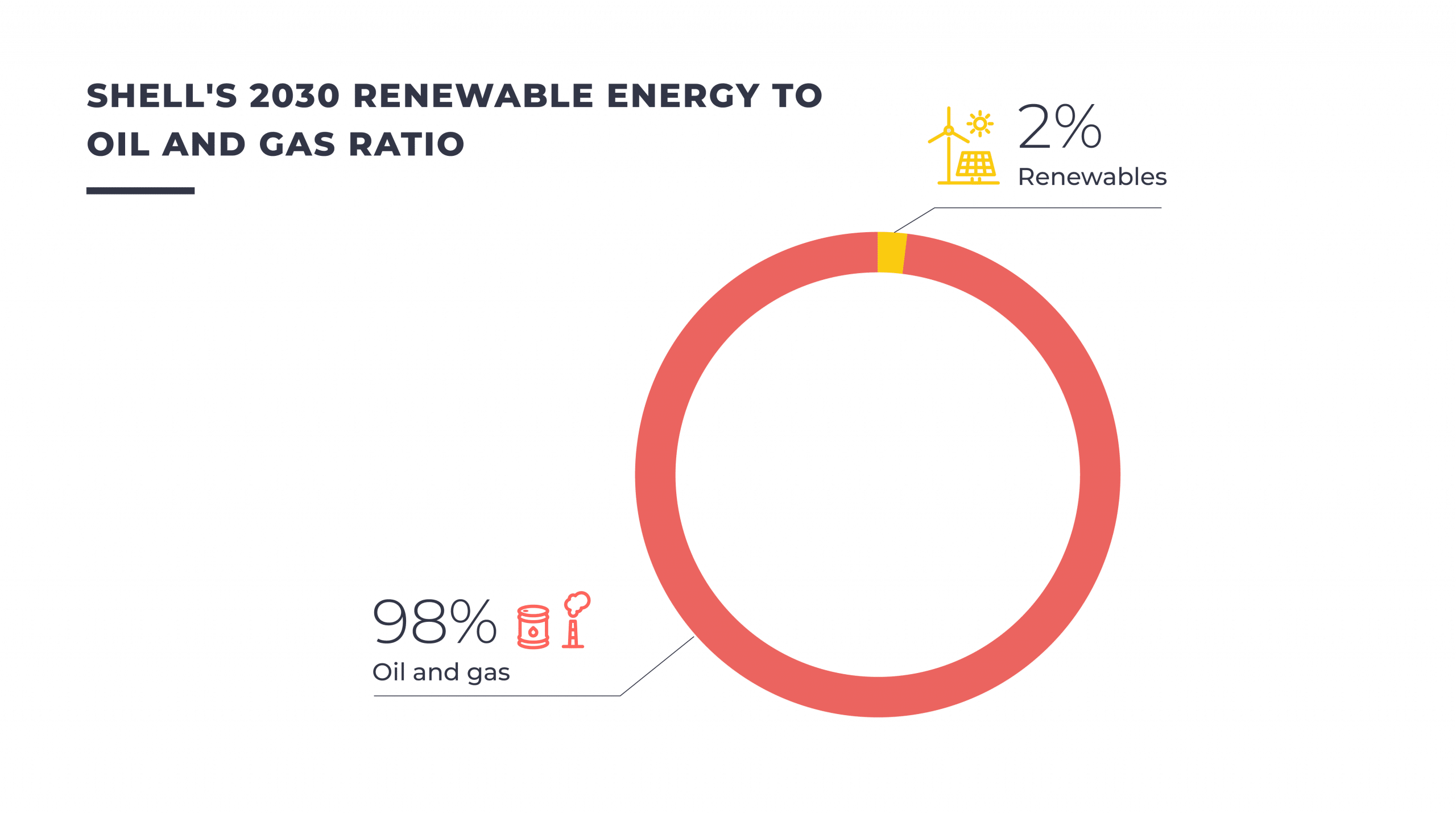
TotalEnergies’ investment strategy
The French company’s investment strategy continues to rely heavily on oil and gas:
- Over the past 3 years, US$1.0 billion was invested in oil and gas exploration.
- In 2023, US$7.5 billion were invested in oil and gas exploration and production, US$3.2 billion were invested in LNG, and US$16.6 billion were distributed to shareholders, compared with just US$4.9 billion invested in its “Integrated Power” business – that includes renewable energy and gas power.
- From 2024 to 2028, TotalEnergies plans to invest US$10.7 billion per year in oil and gas, i.e. twice more investment than in its “Integrated Power” business.
TotalEnergies’ fossil fuel production plan
TotalEnergies has made no commitment to stop developing new oil and gas projects. The company is the 6th largest upstream developer worldwide and the 11th largest liquefaction terminal developer.
Last year, TotalEnergies reconsidered its target to maintain its oil production. TotalEnergies now plans to increase both its oil and gas production, by 2-3% per year on average to 2028. If it meets this target and maintains its production at plateau, the company’s production will be 59% above the level required by the NZE.
TotalEnergies’ 2030 oil and gas extraction will represent 2.3% of the global hydrocarbon production projected in the NZE. It will represent 81.5% of the company’s future energy mix.
LNG is core to TotalEnergies’ strategy with new export and import terminals planned. With its expansion strategy, TotalEnergies’ net liquefaction capacity will increase to 47 Mtpa by 2030 and will overshoot by 173% the level required by the NZE.
TotalEnergies’ diversification strategy
The company’s business model will continue to be based on oil and gas extraction in the coming years. Diversification in other energies will keep representing a minority share of its future production and will sometimes involve activities that are harmful to the environment.
TotalEnergies will have an installed renewable energy capacity of 66 GW by 2030. With its current target, renewable power production will represent 0.4% of the 2030 global renewable production projected in the NZE. Renewables will represent close to 10% of TotalEnergies’ 2030 energy mix
Hydrogen production will remain a small part of its energy production. The company will produce 1 Mtpa, issued from renewable sources and from gas with carbon capture and storage. Hydrogen will represent 6% of TotalEnergies’ 2030 energy mix.
The company also intends to reinforce fossil fuel activities, such as gas power. It aims to doble its electricity generation from gas plants to 30 TWh by 2030. Gas power will represent 3.5% of its energy mix.
TotalEnergies’ strategy also relies on energies that are harmful to the environment, such as bioenergy. TotalEnergies aims to increase its biogas and Sustainable Aviation Fuel (SAF) production in the coming years. With its current targets, SAF and biogas will account for 1.3% of TotalEnergies’ energy mix by 2030.
